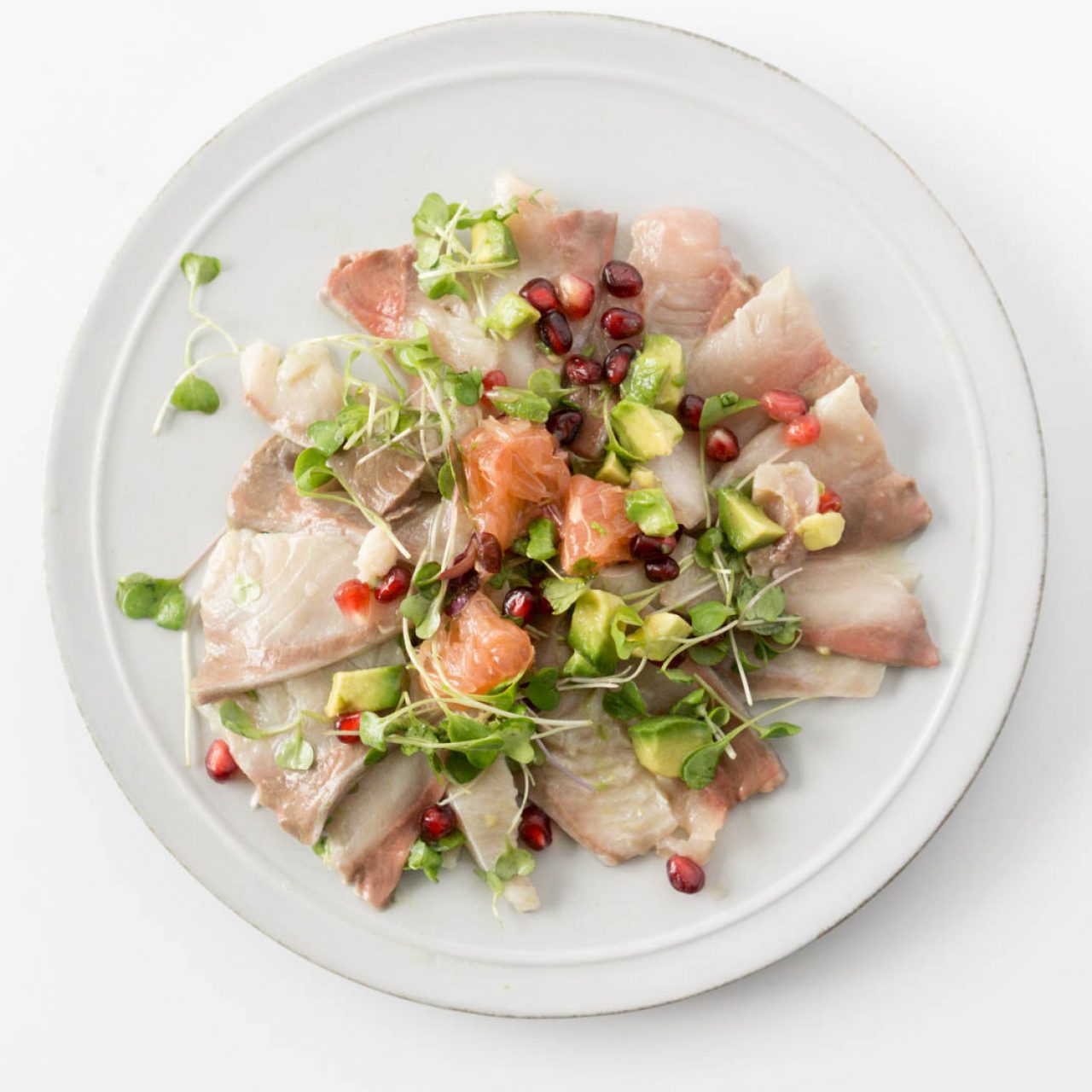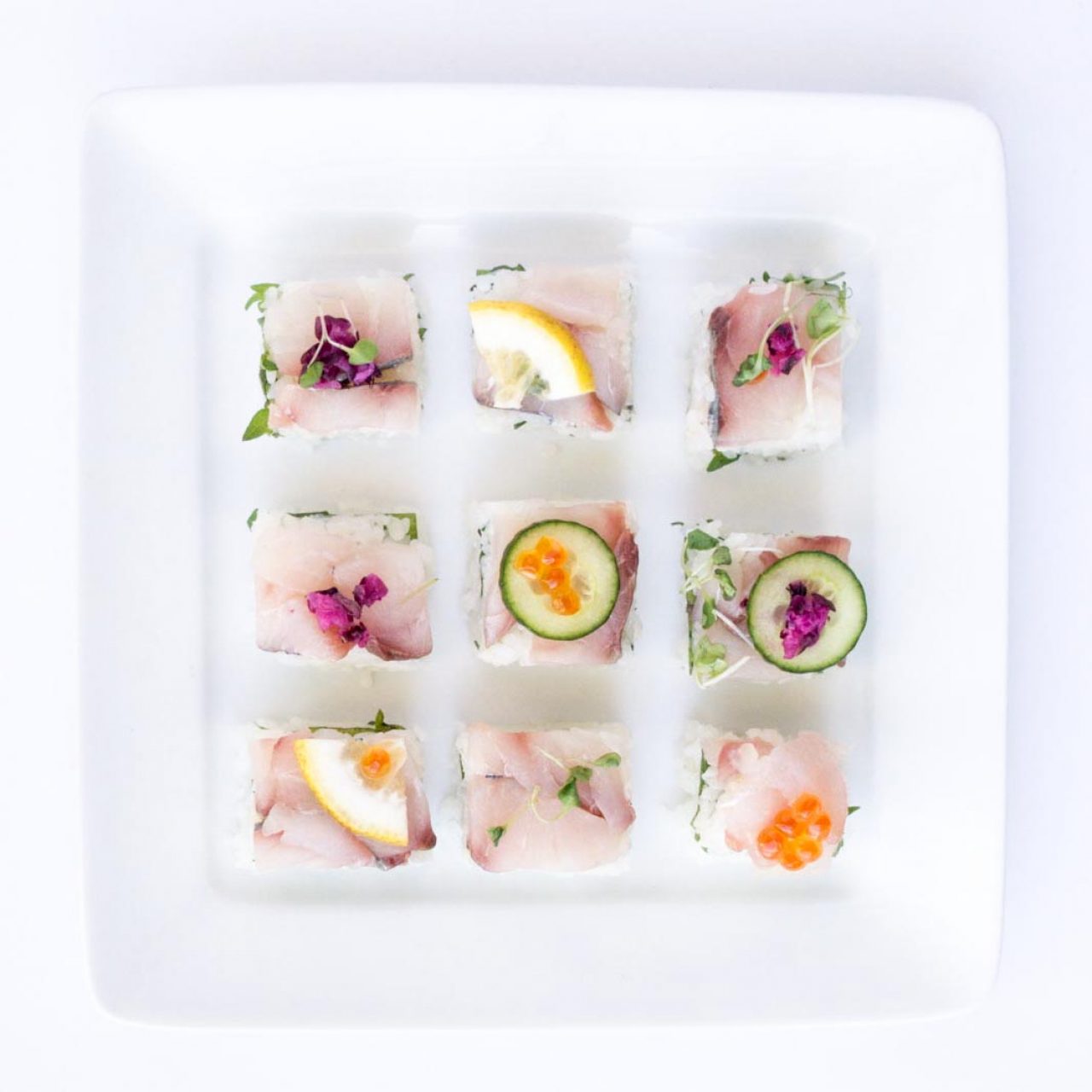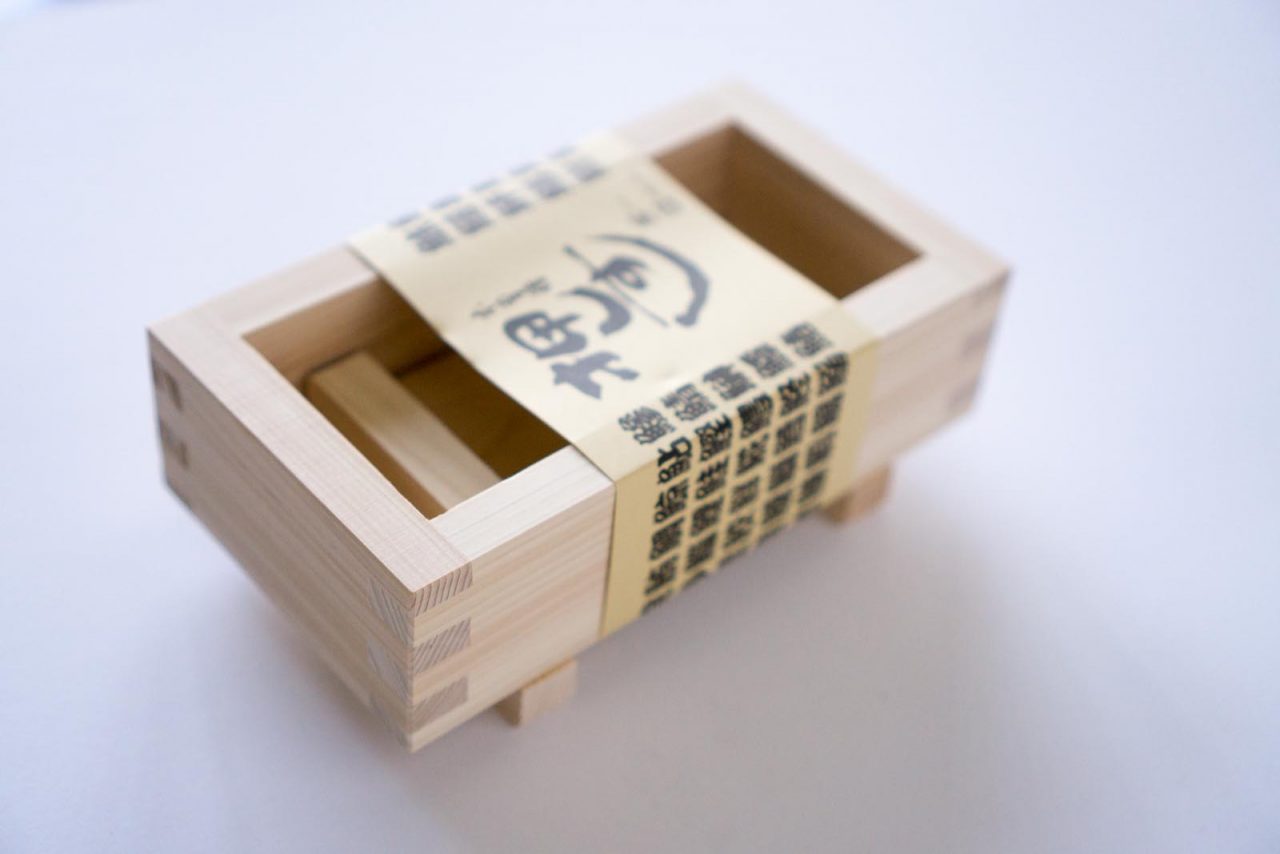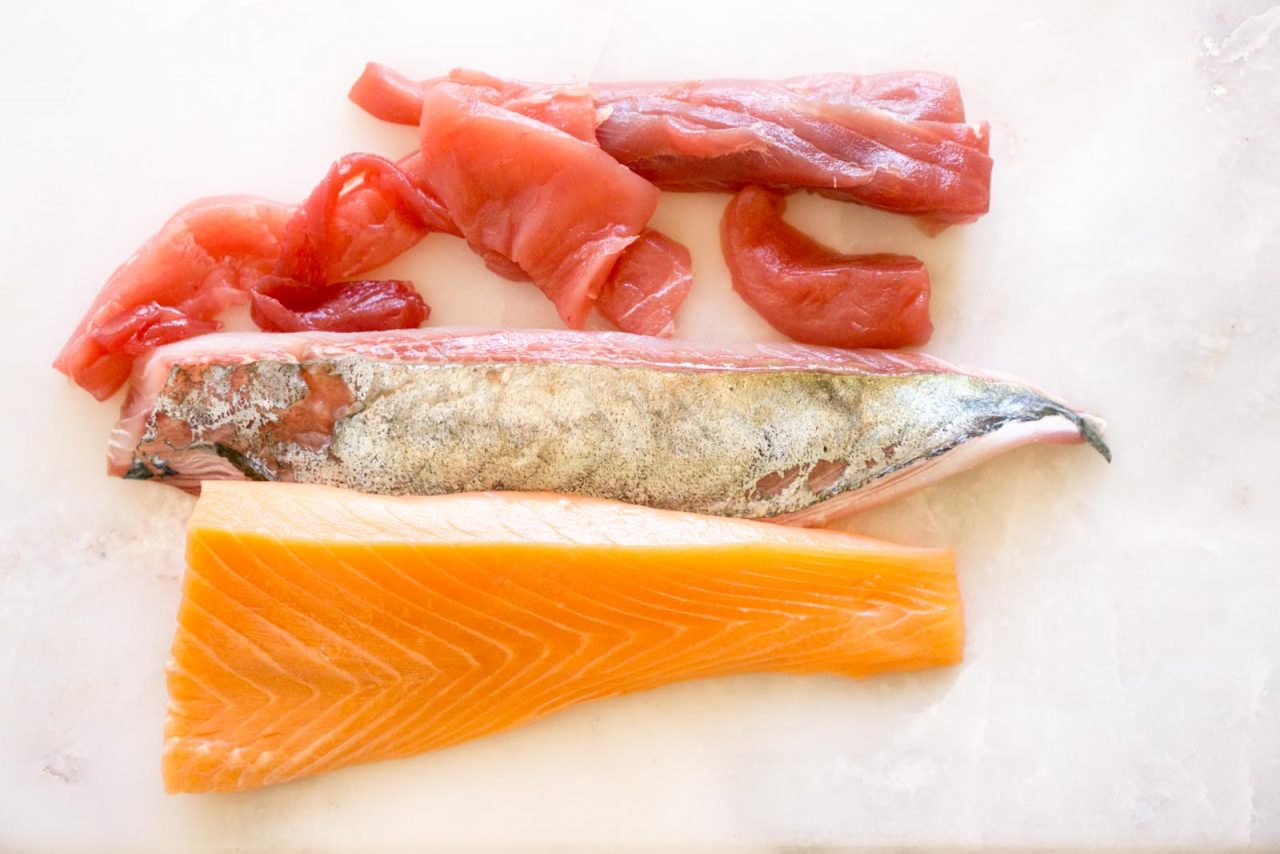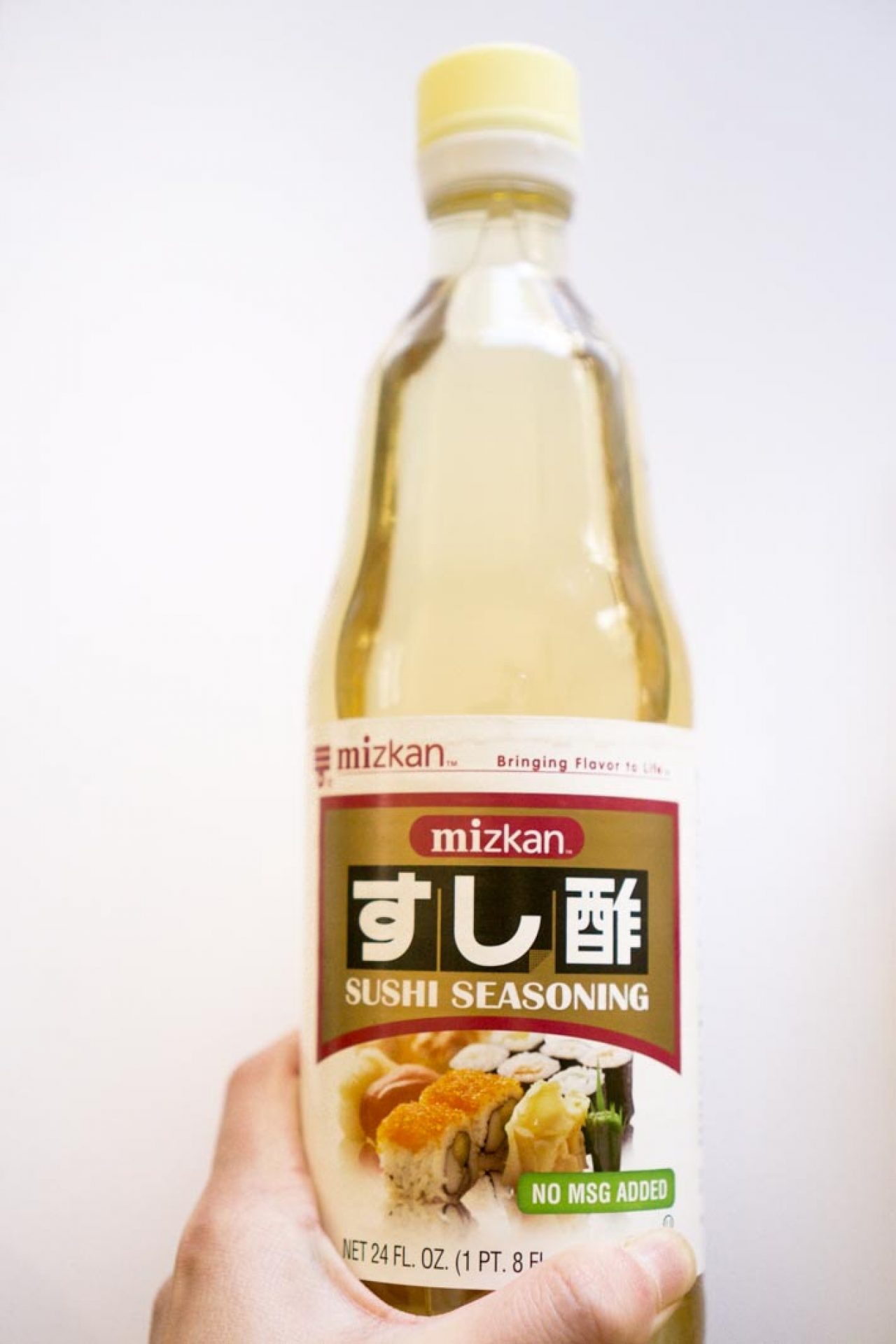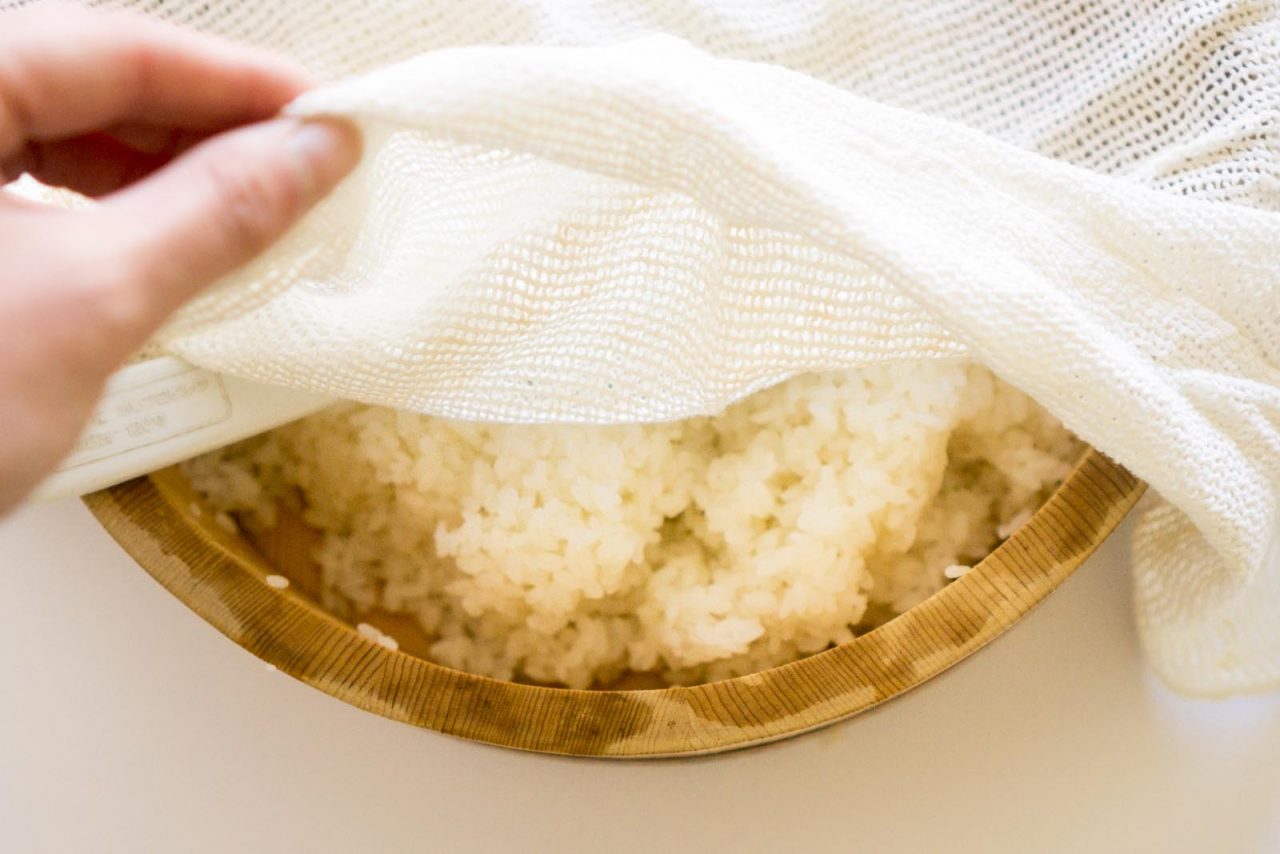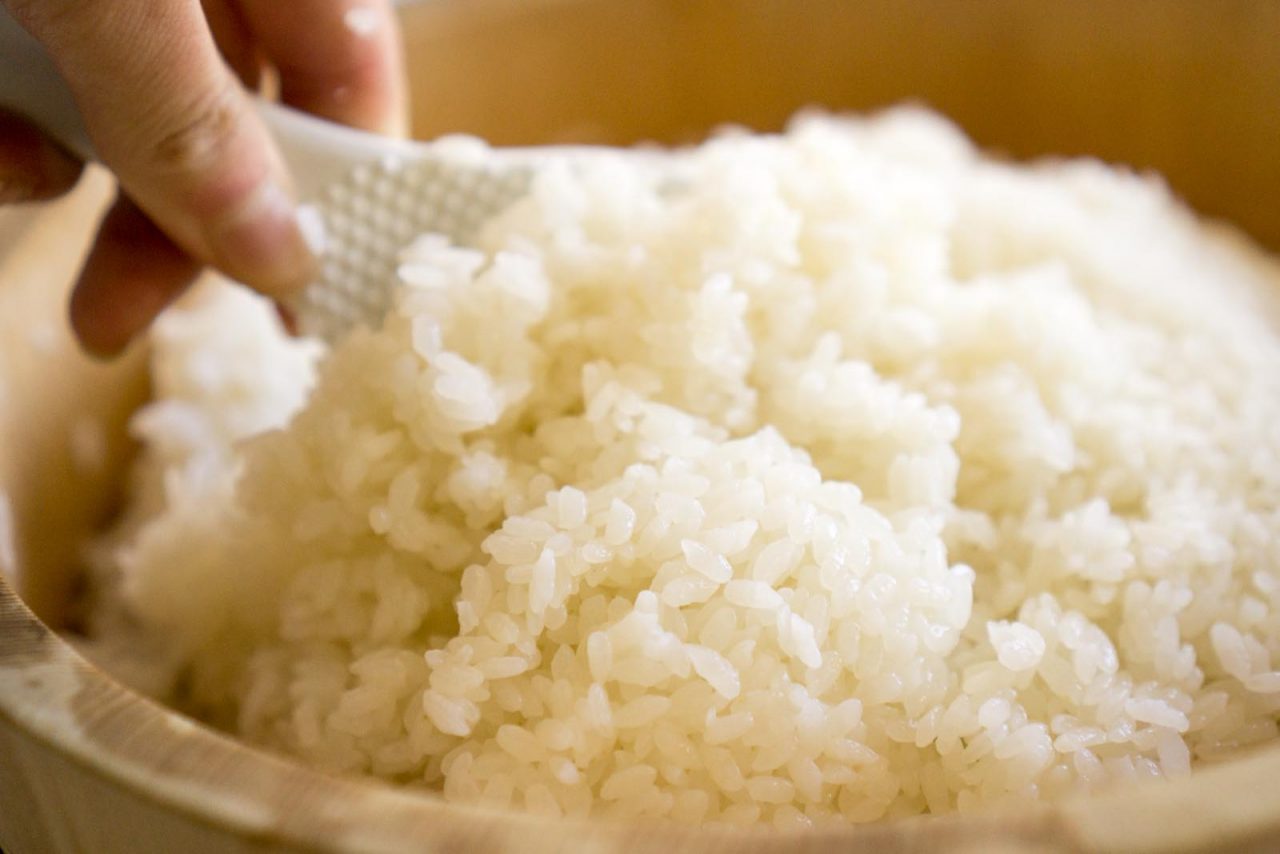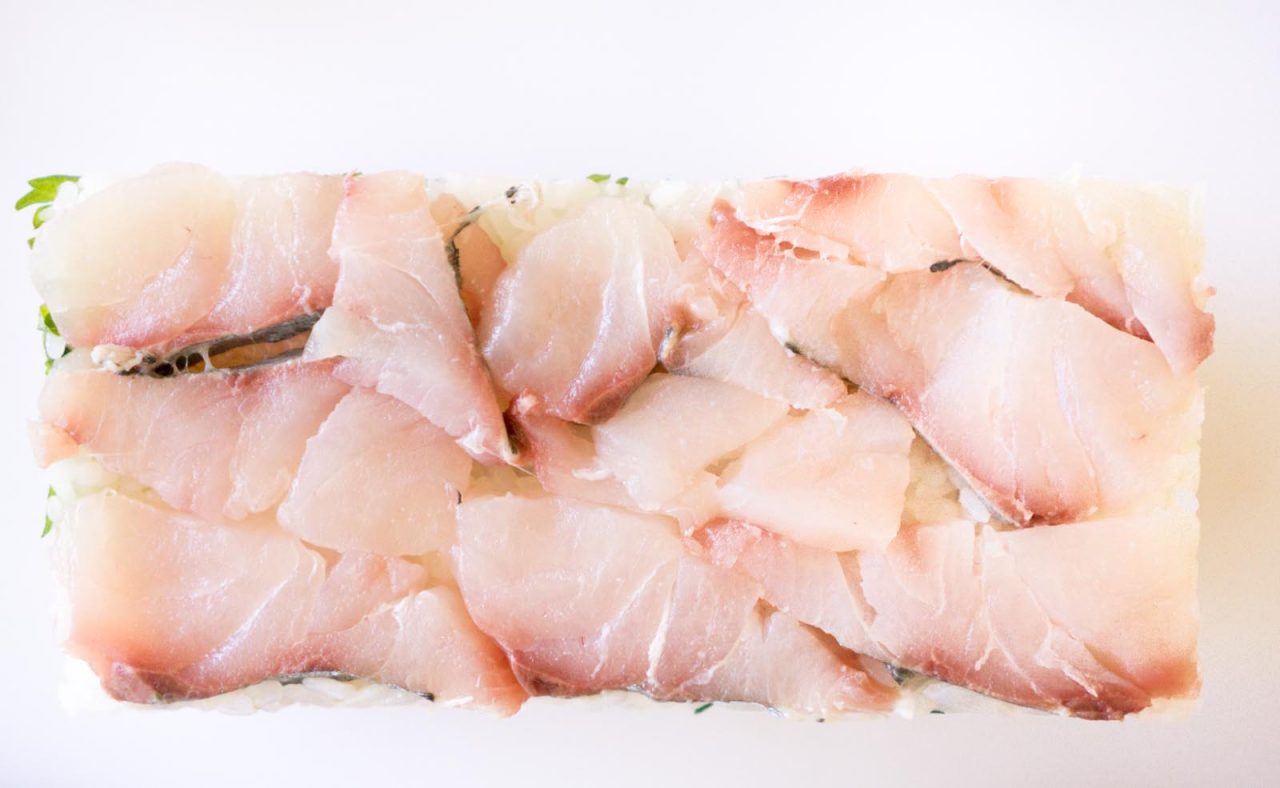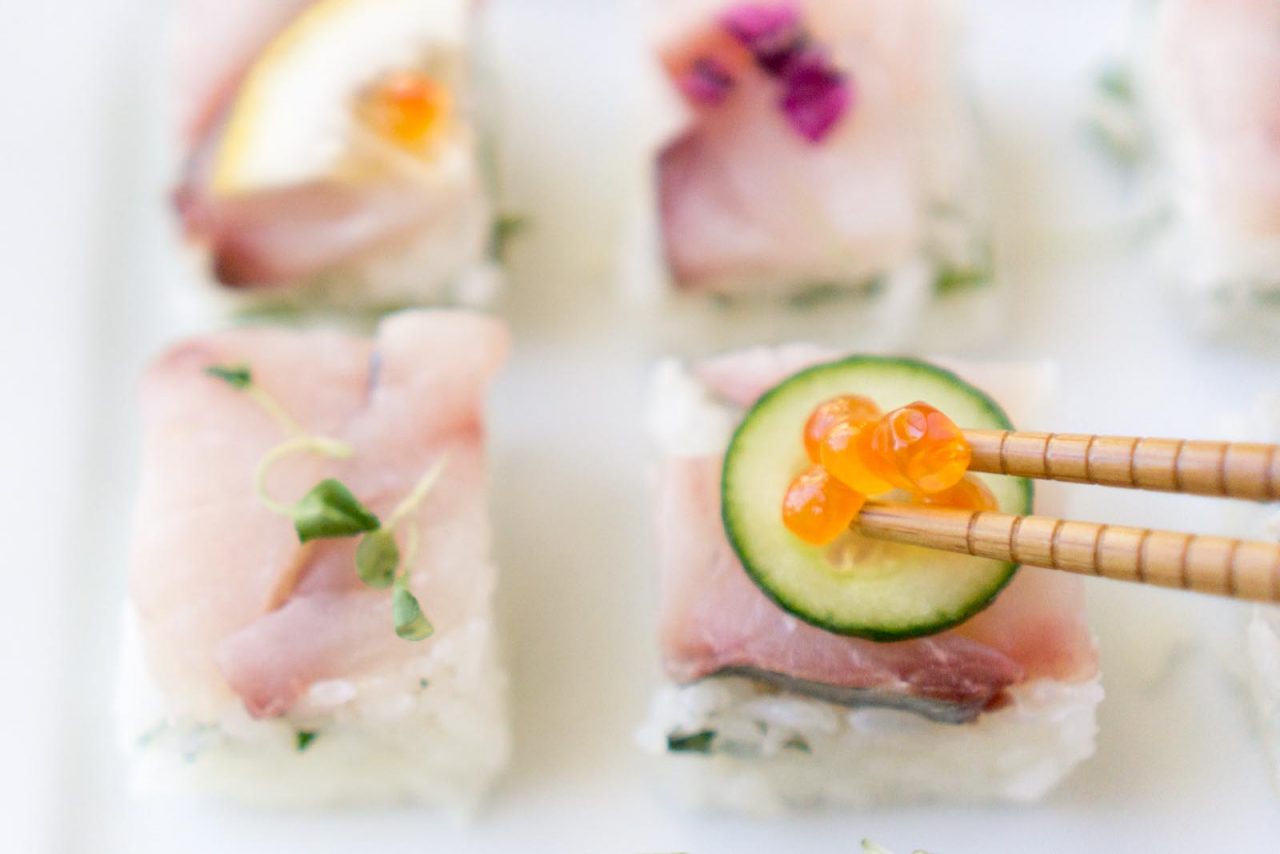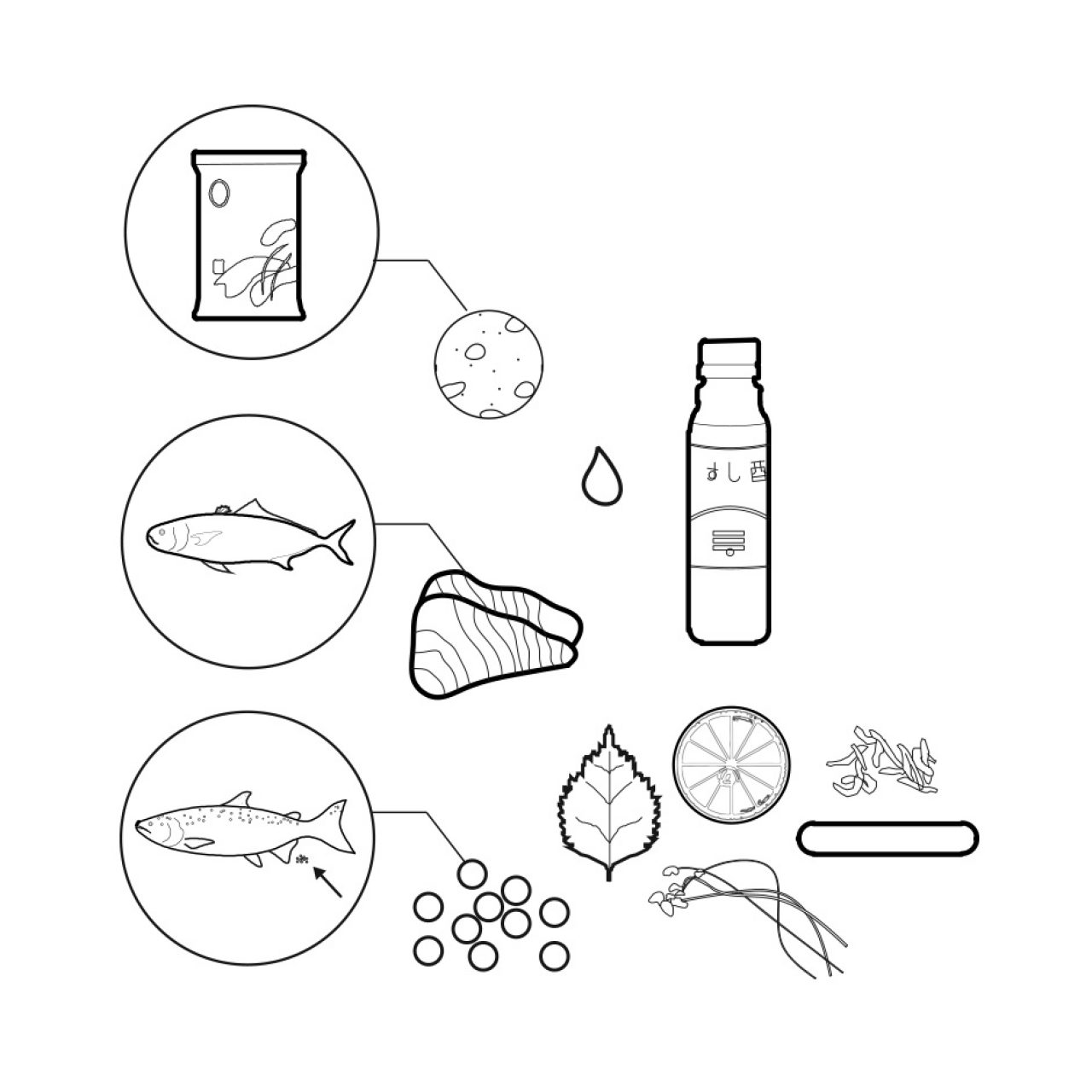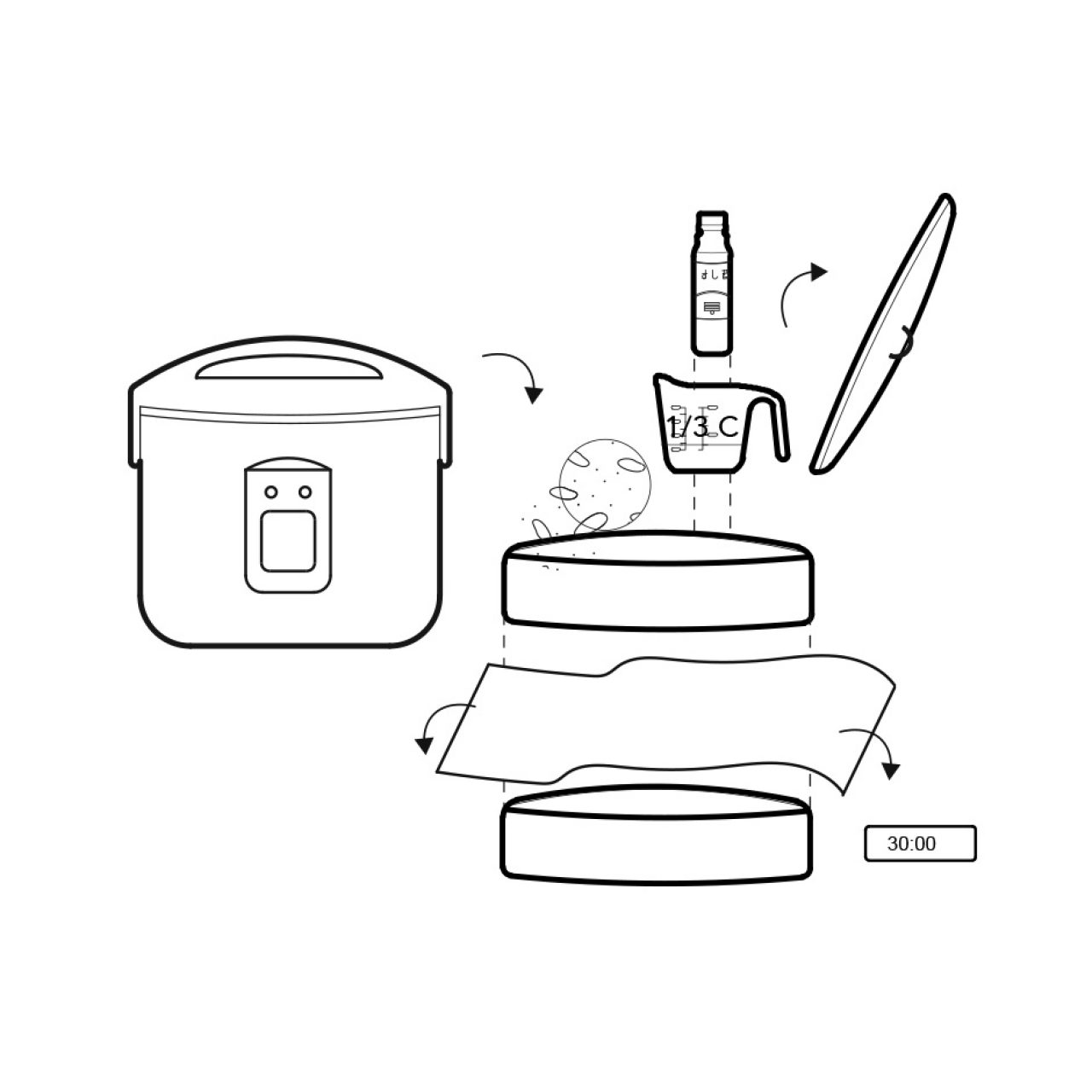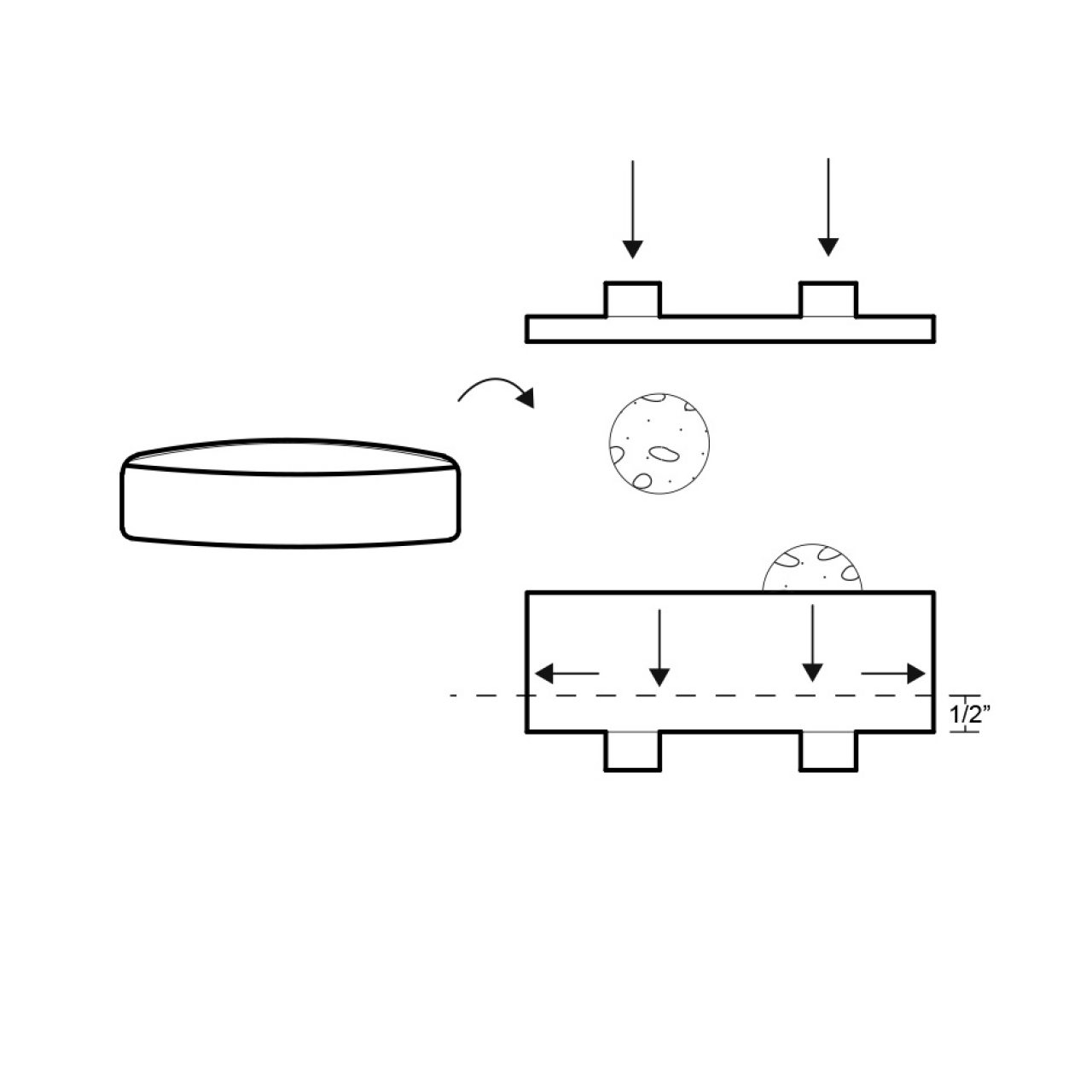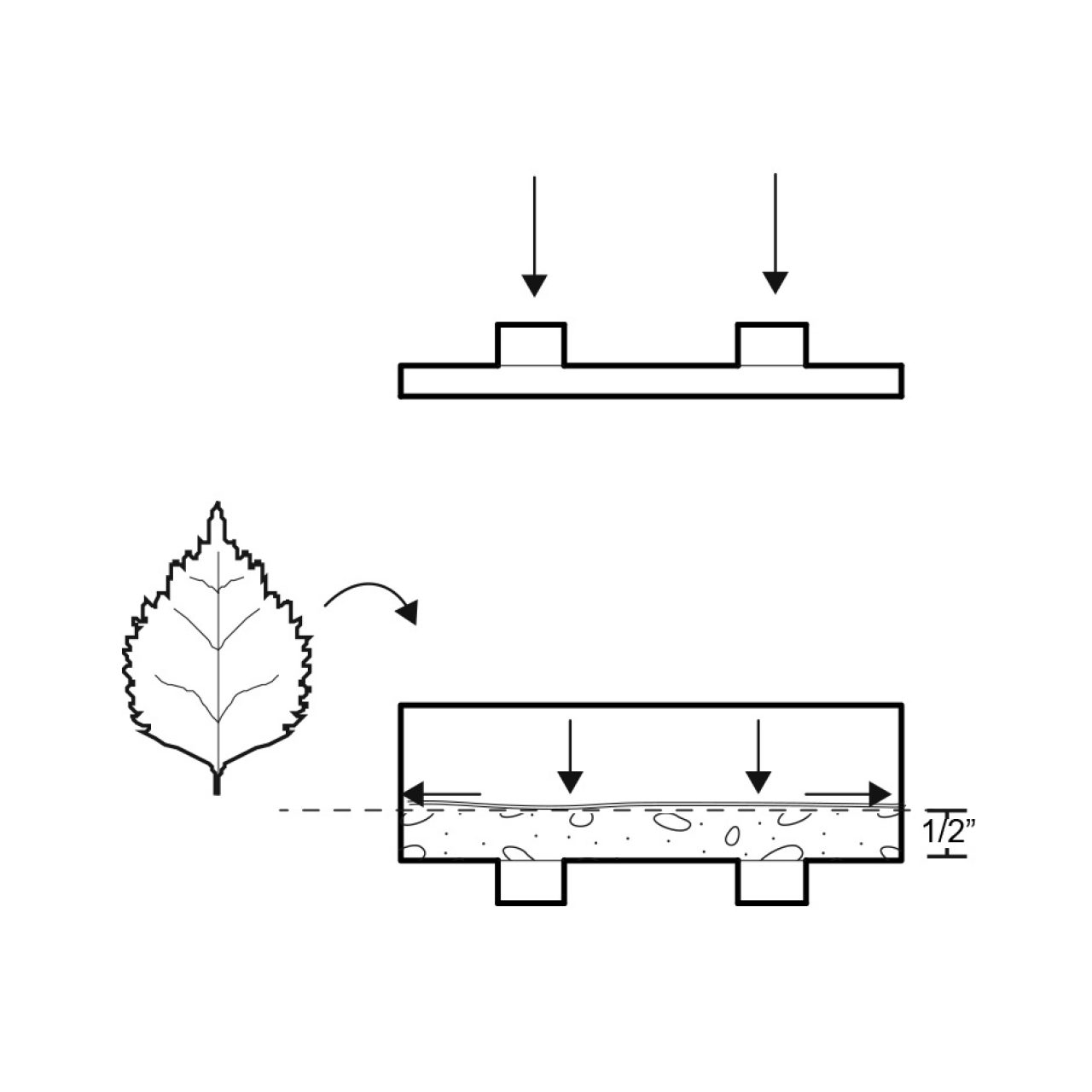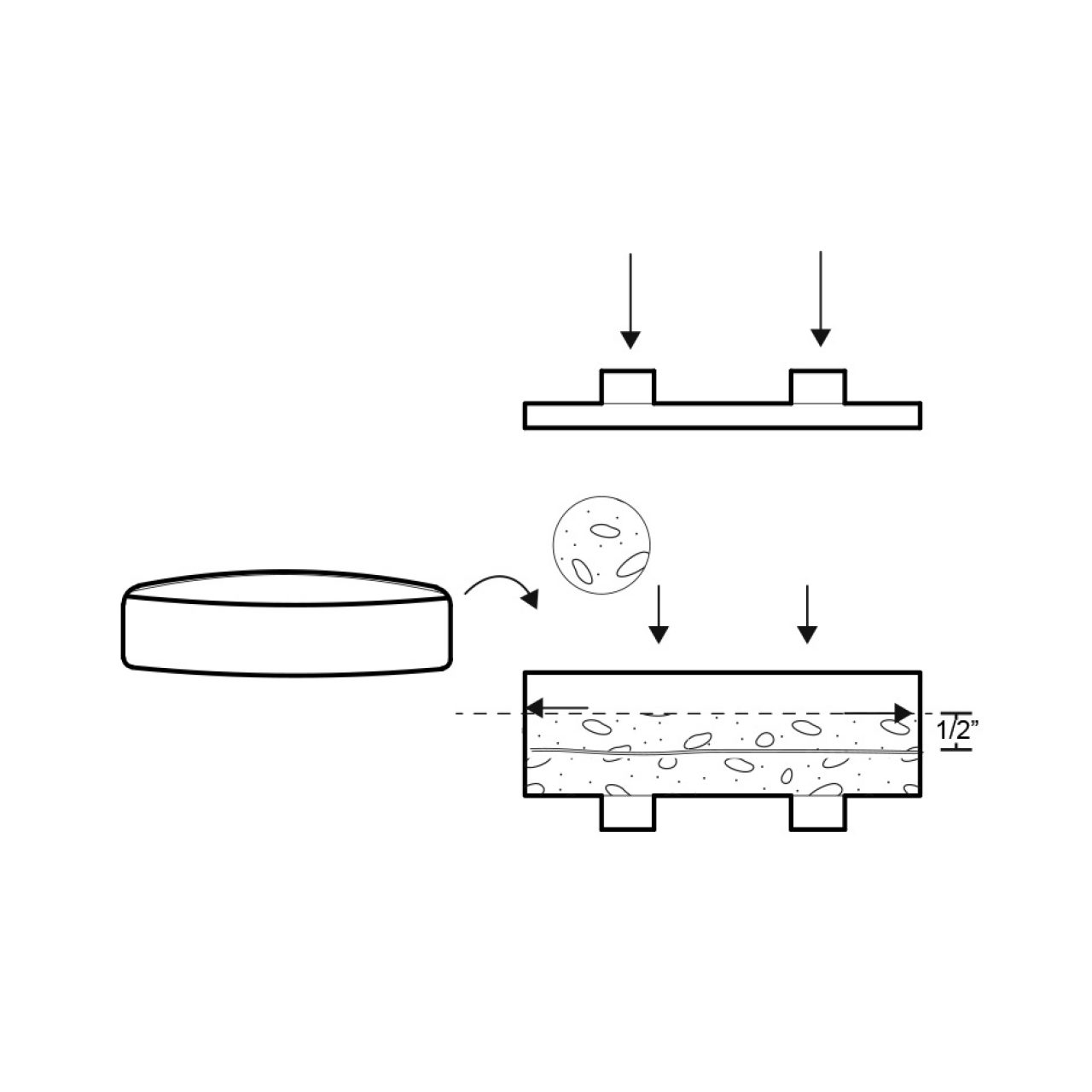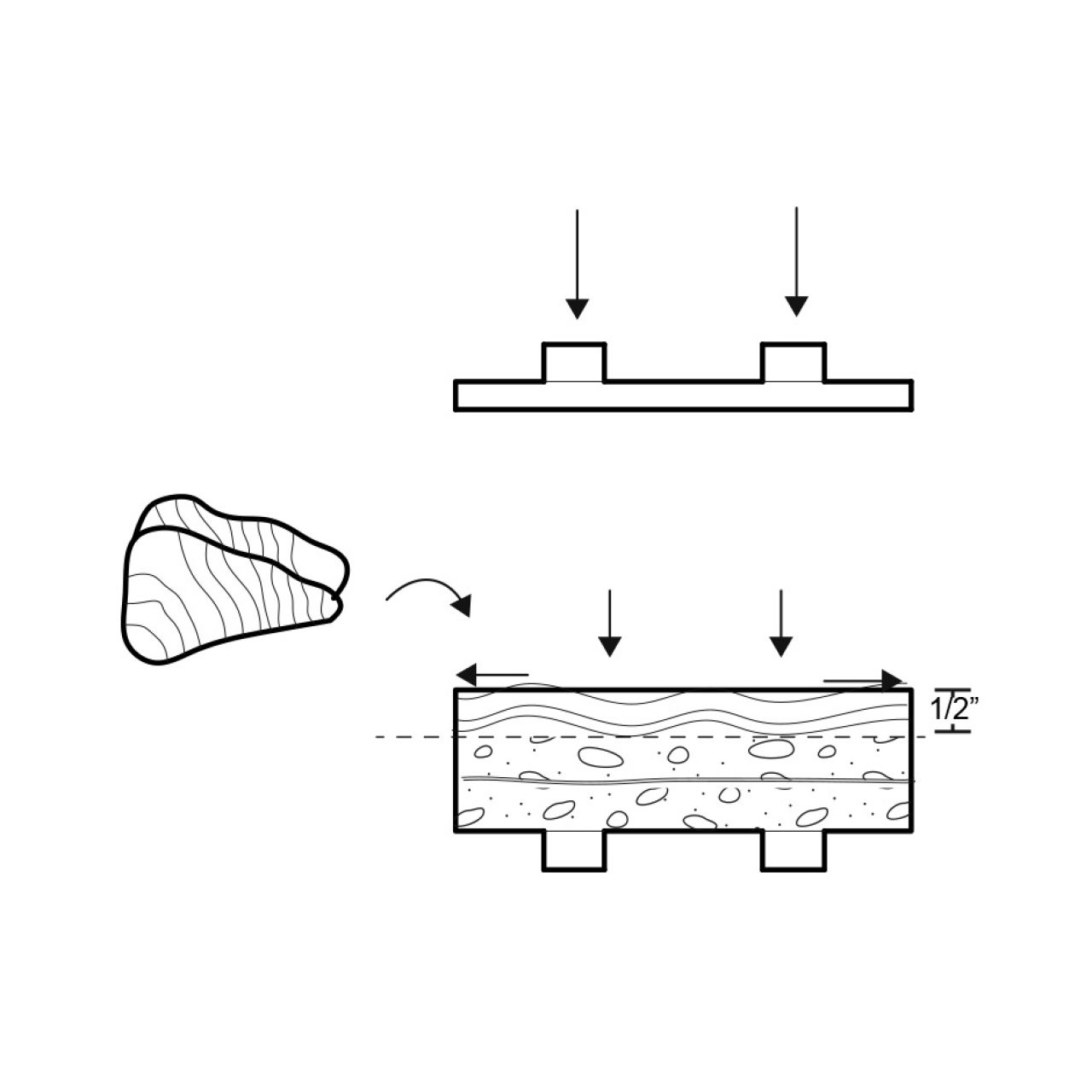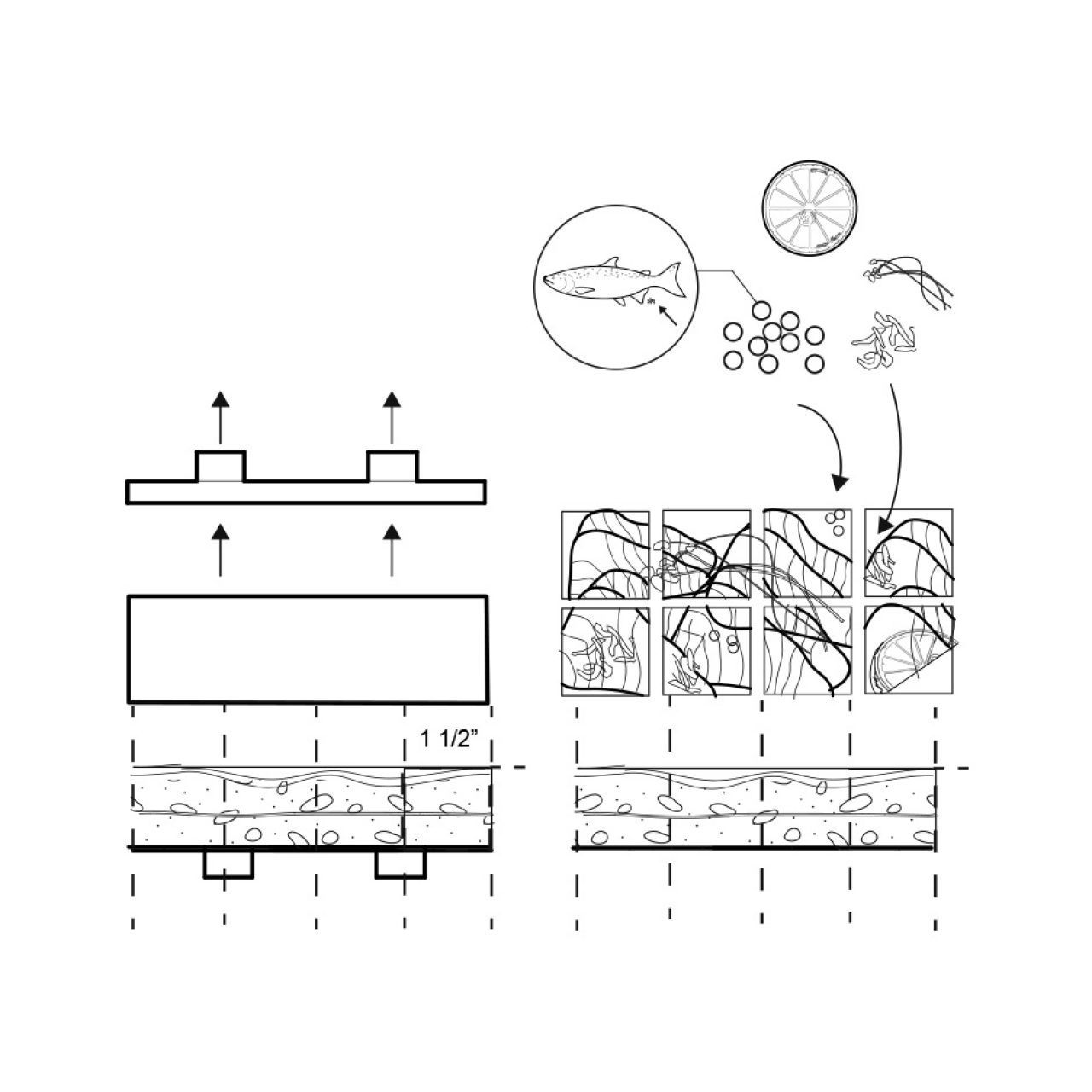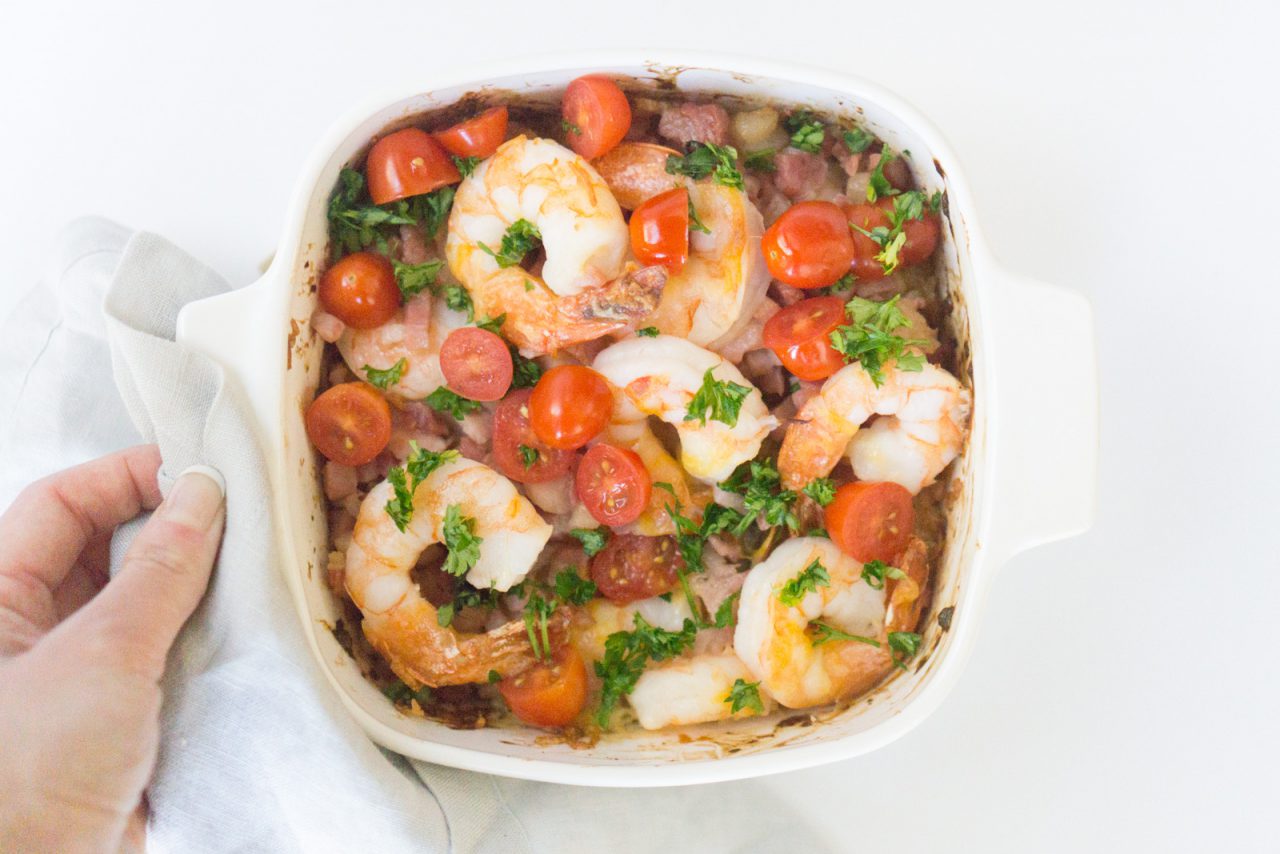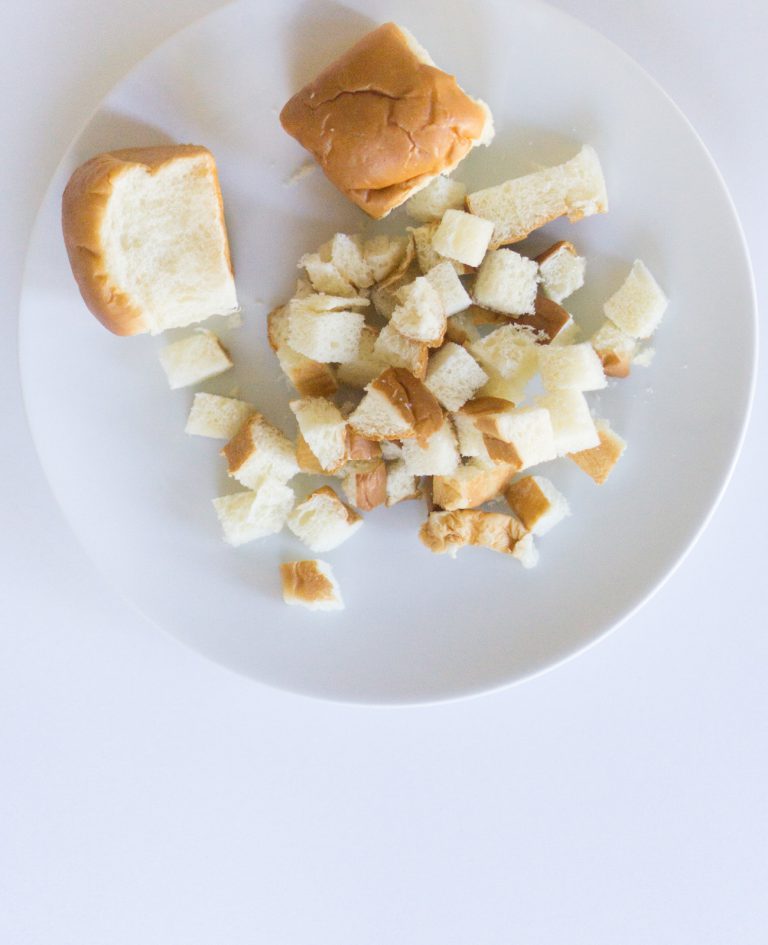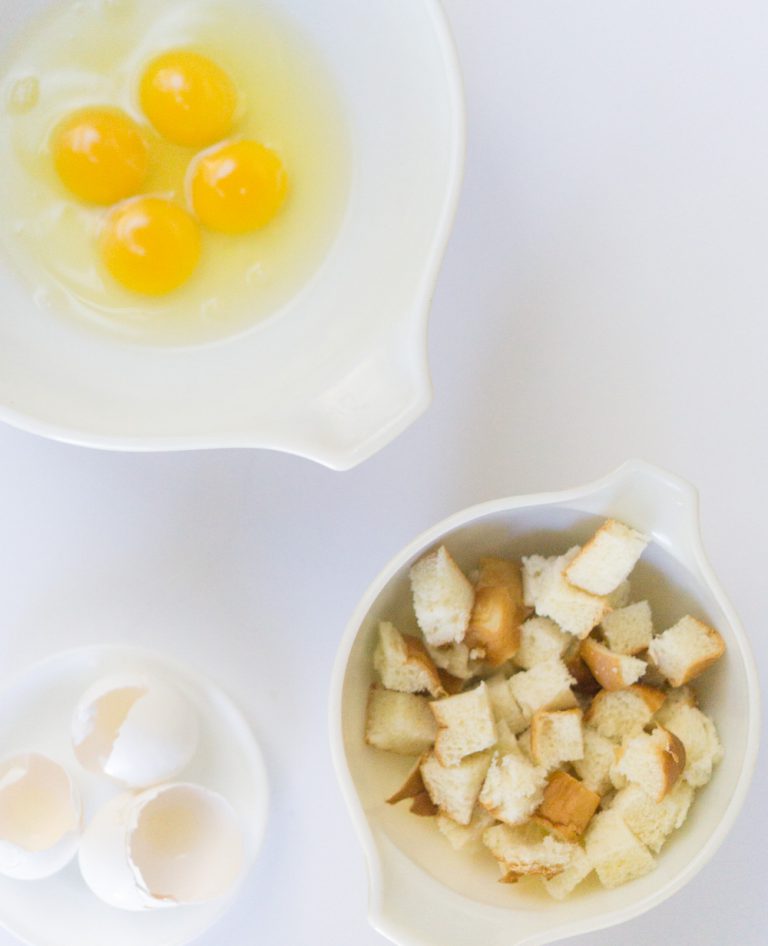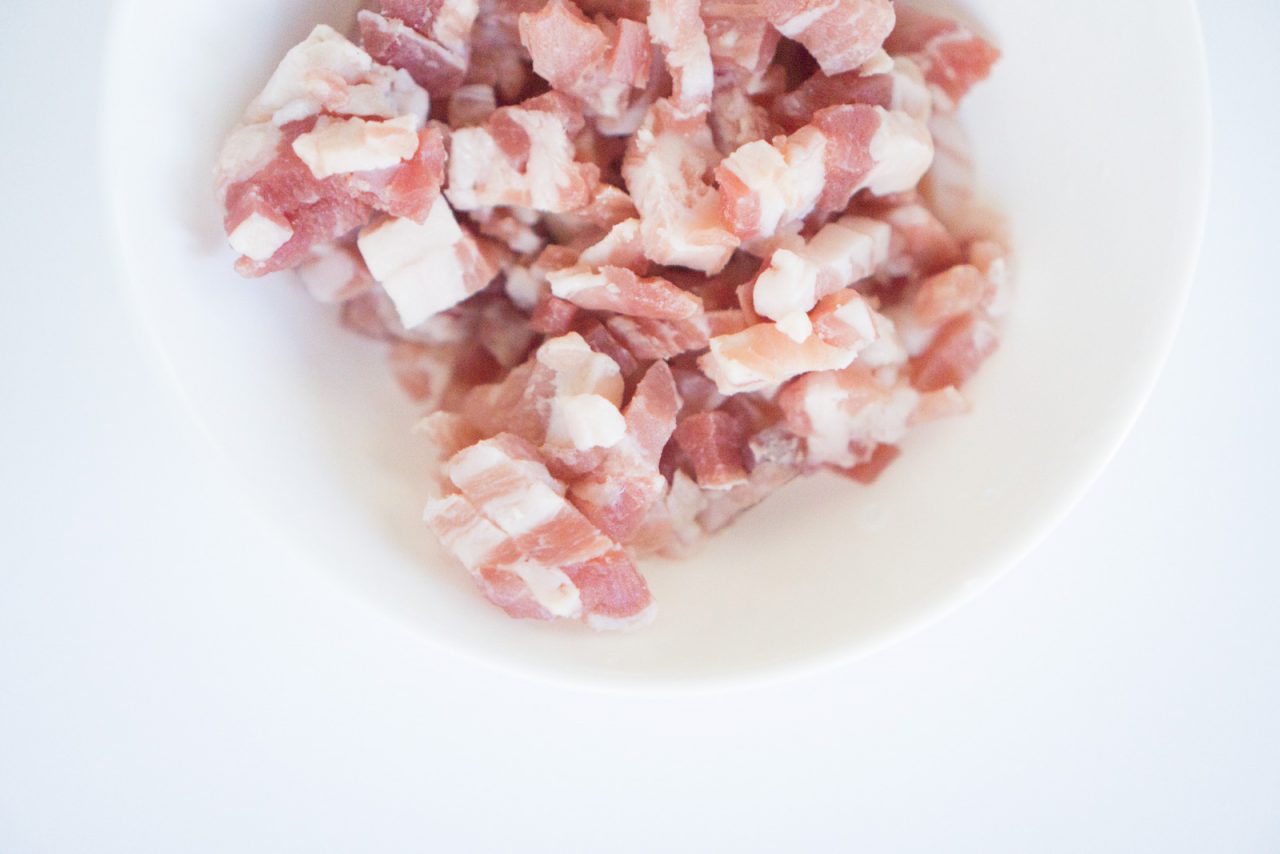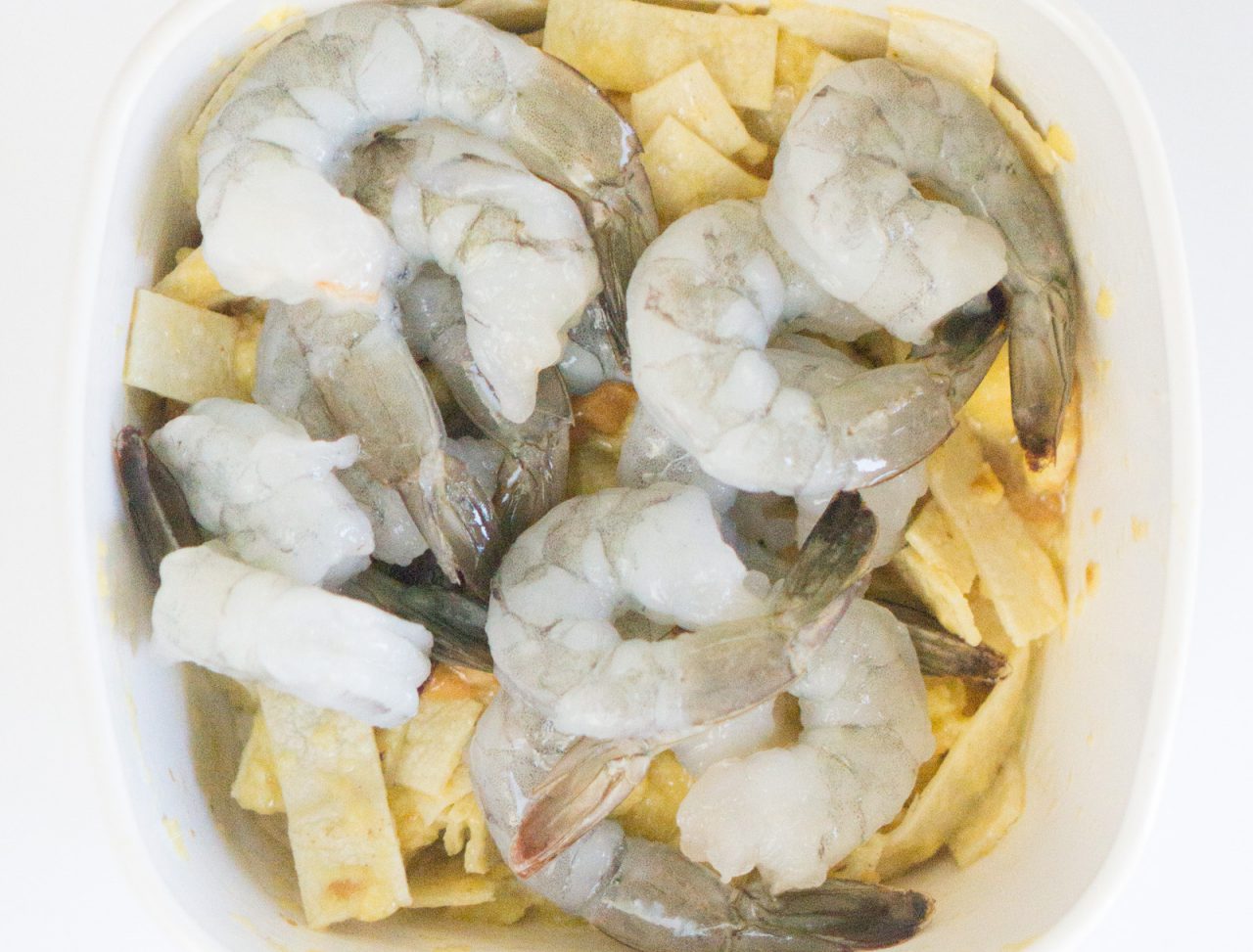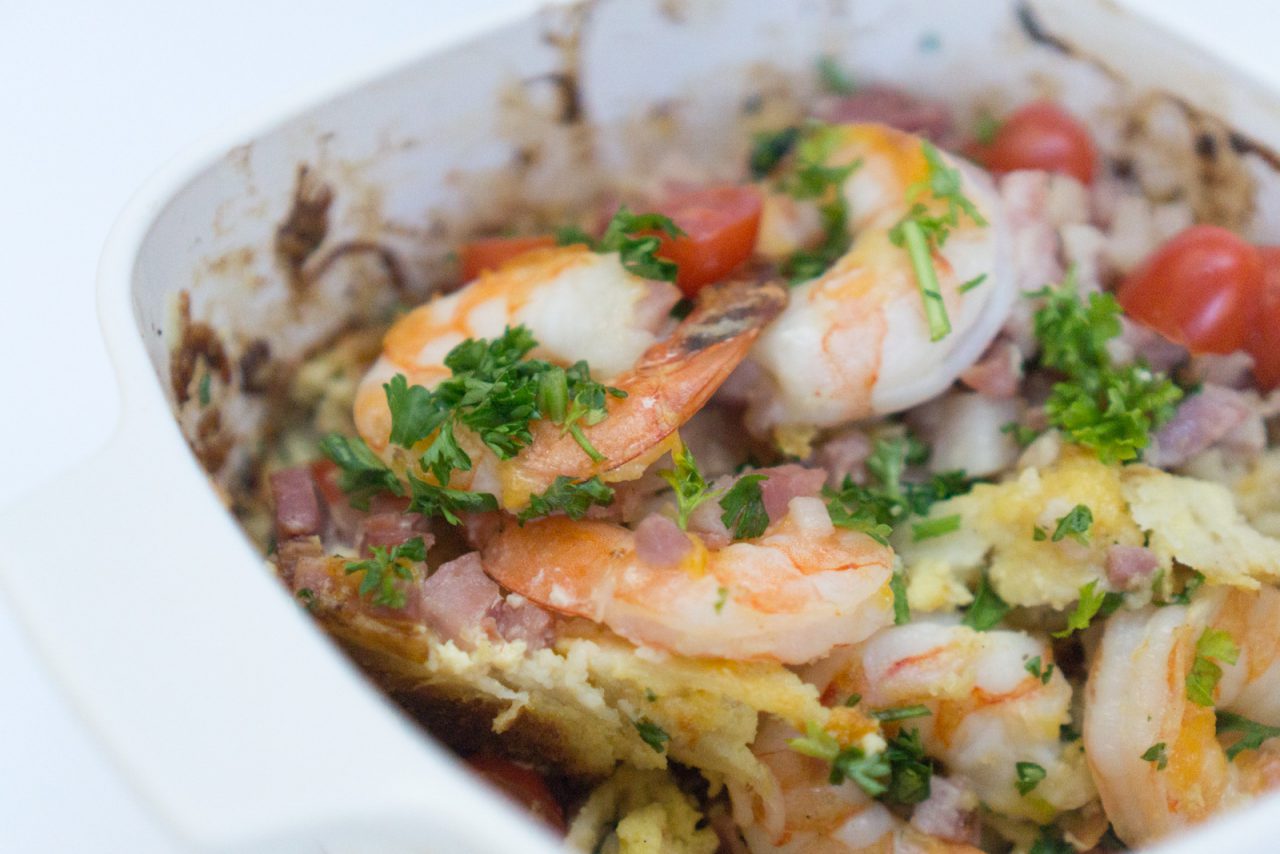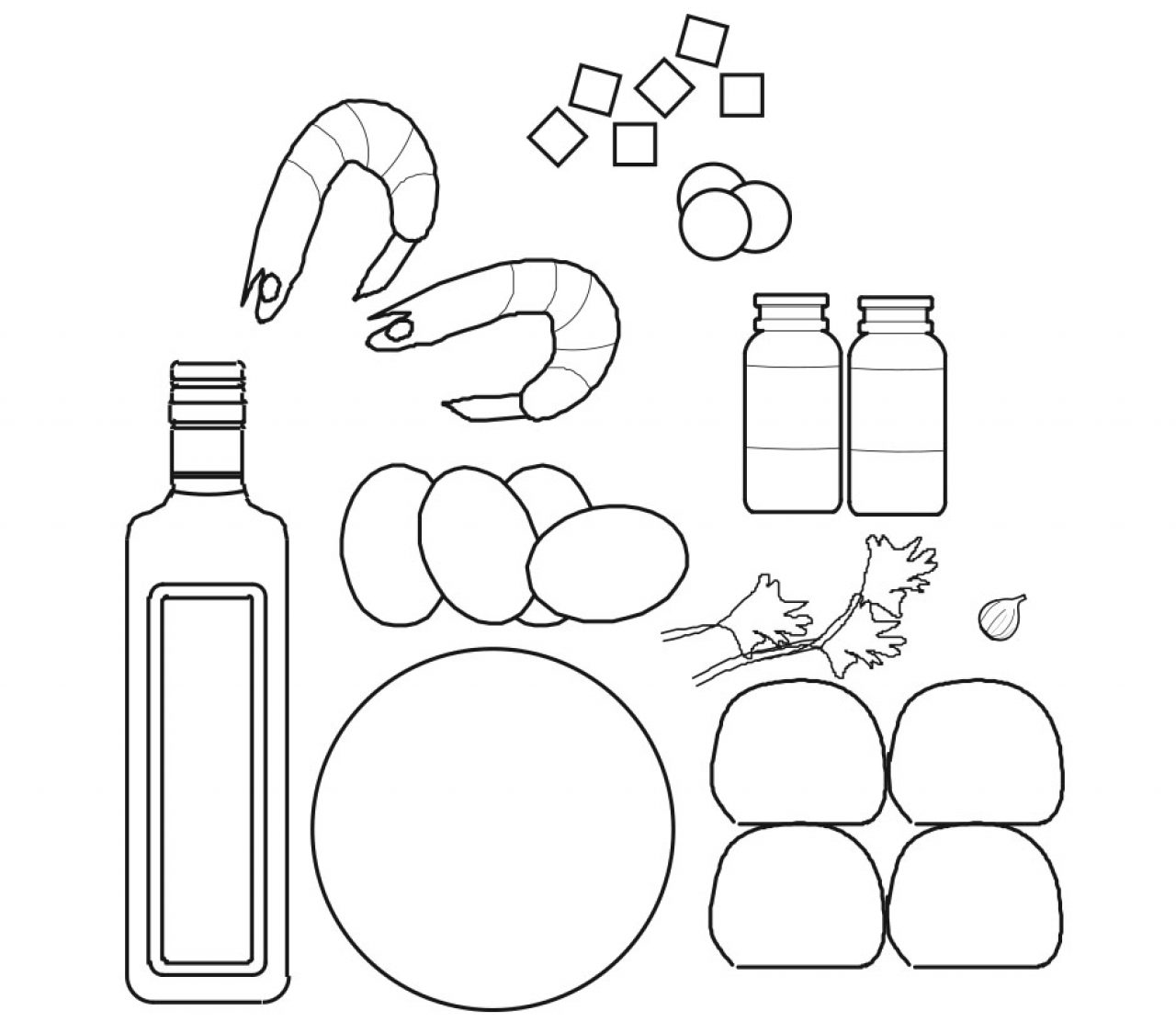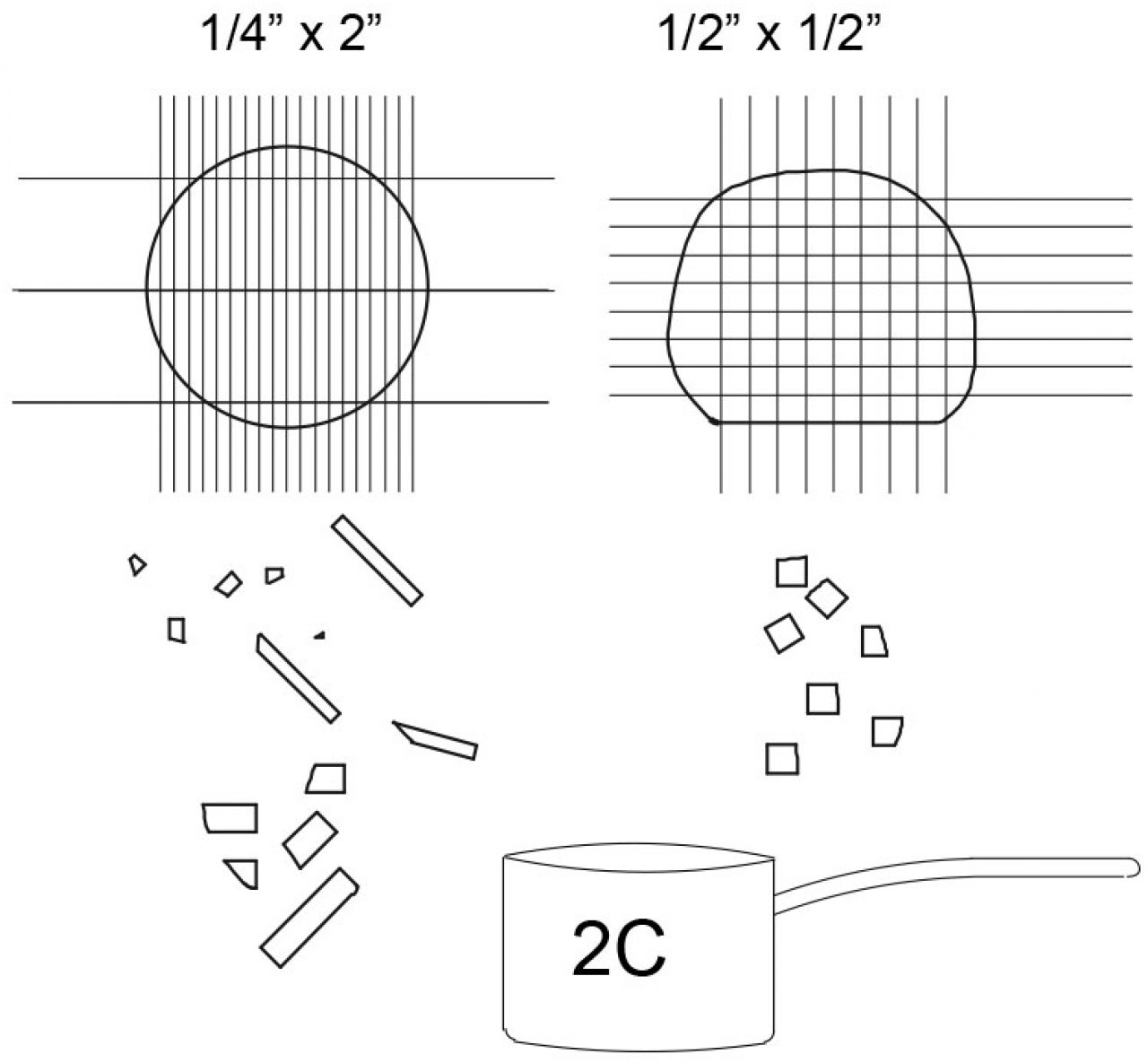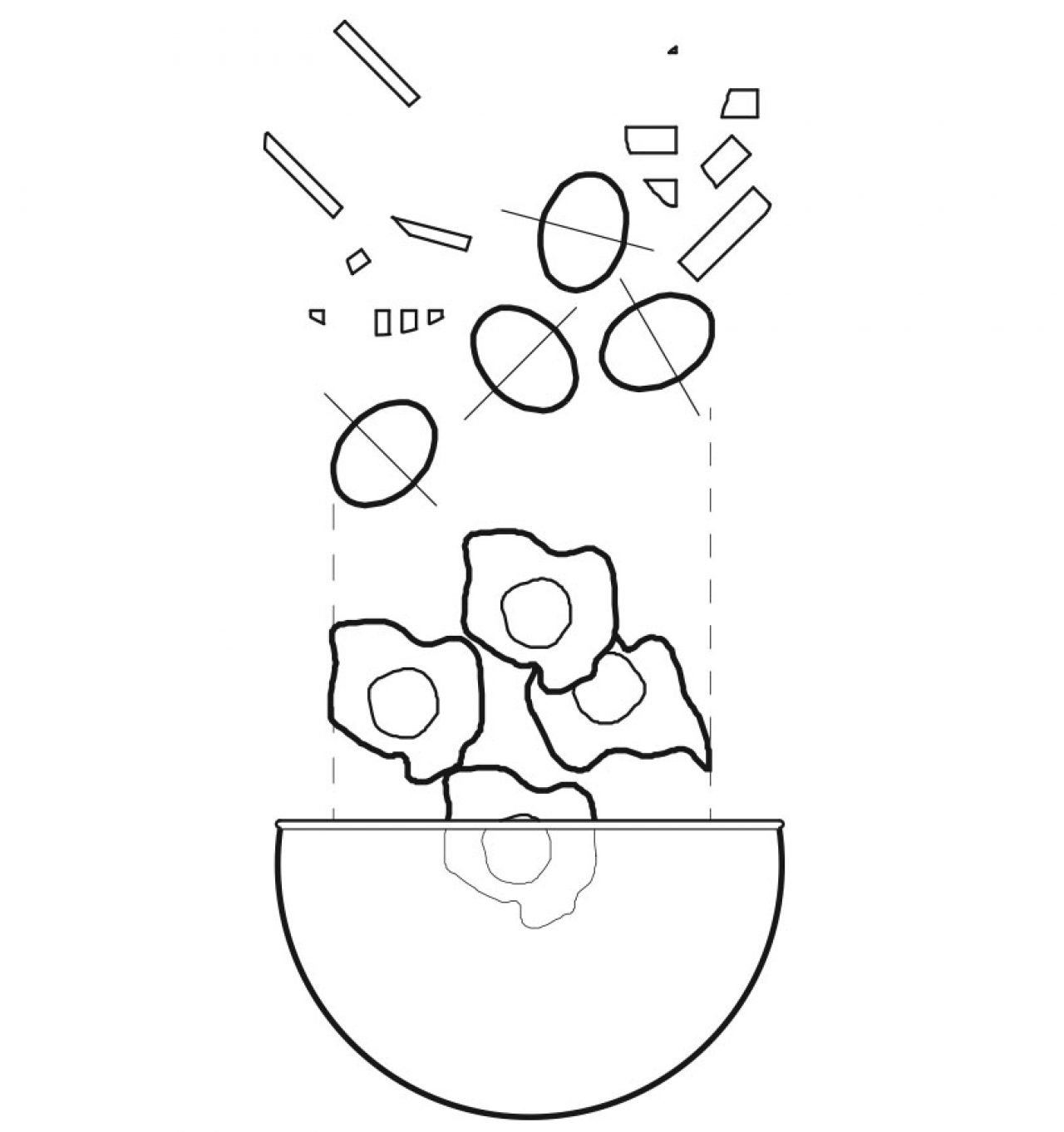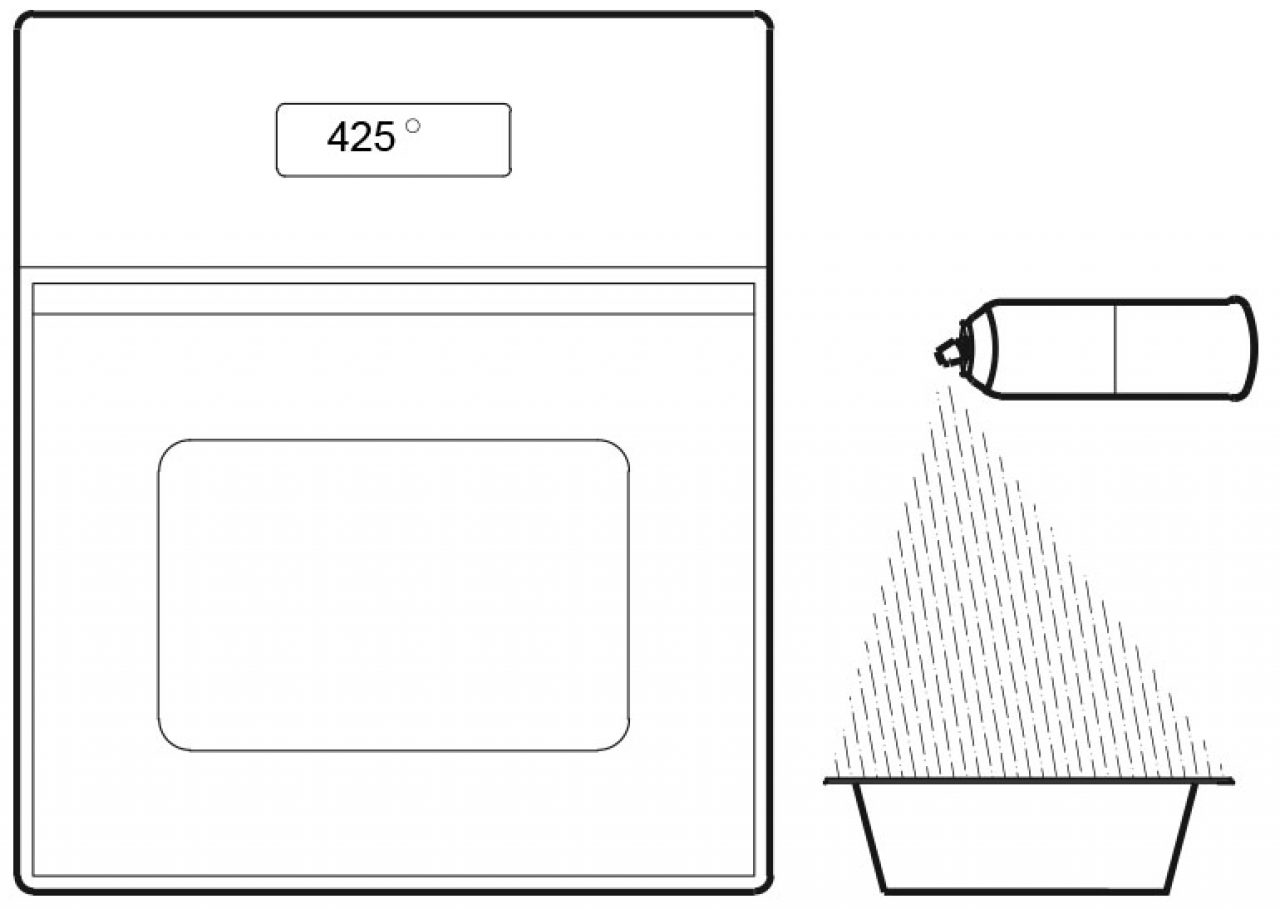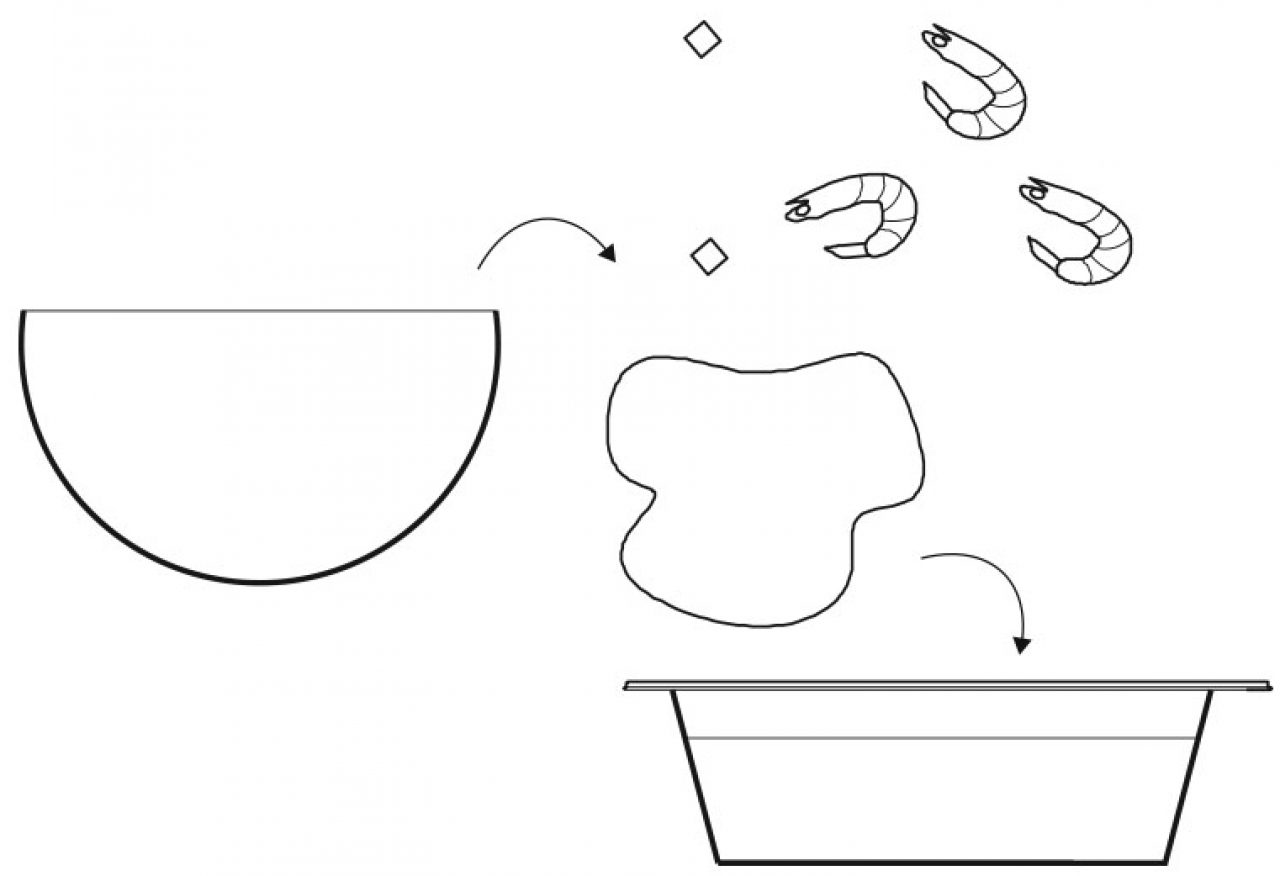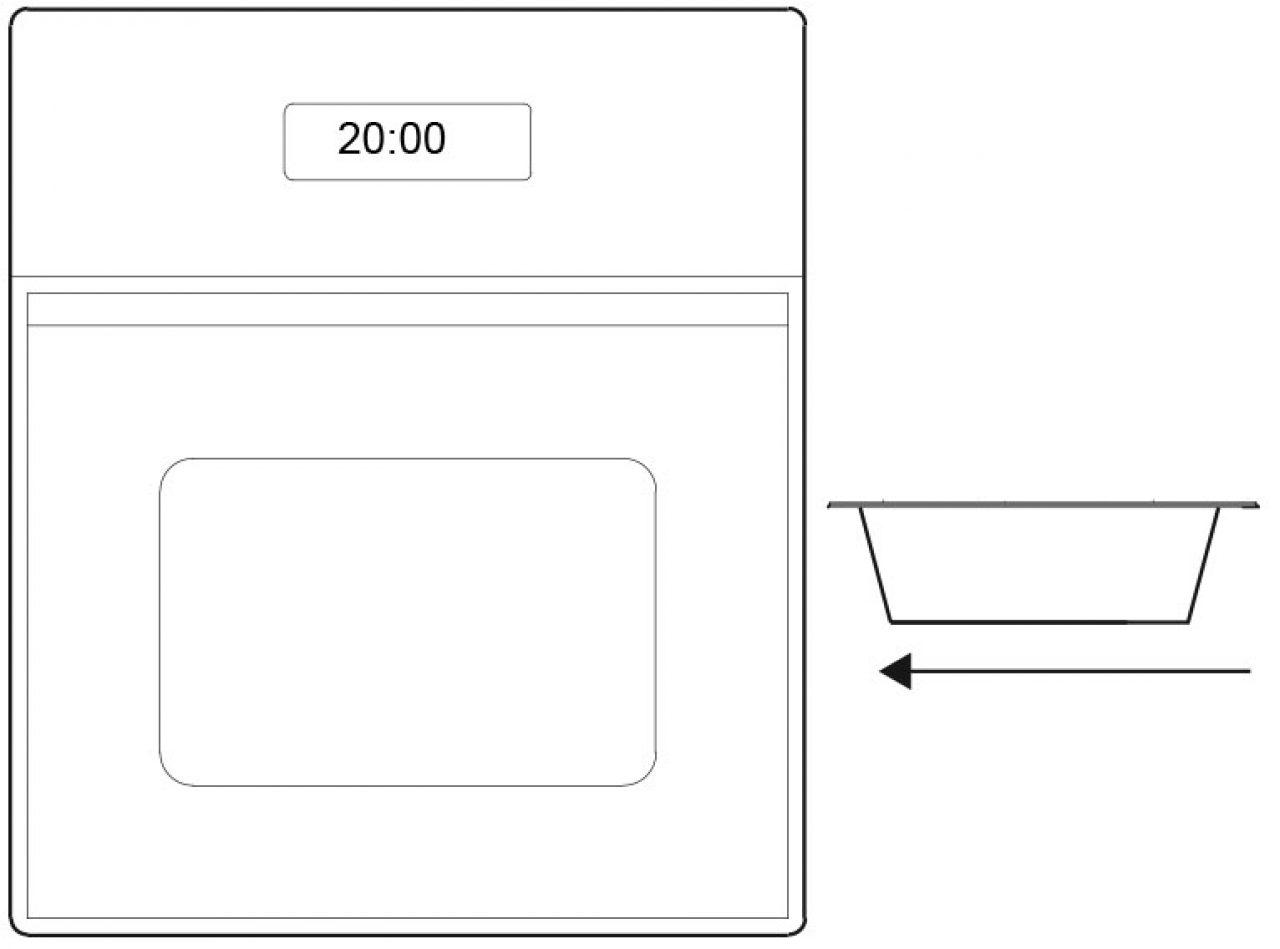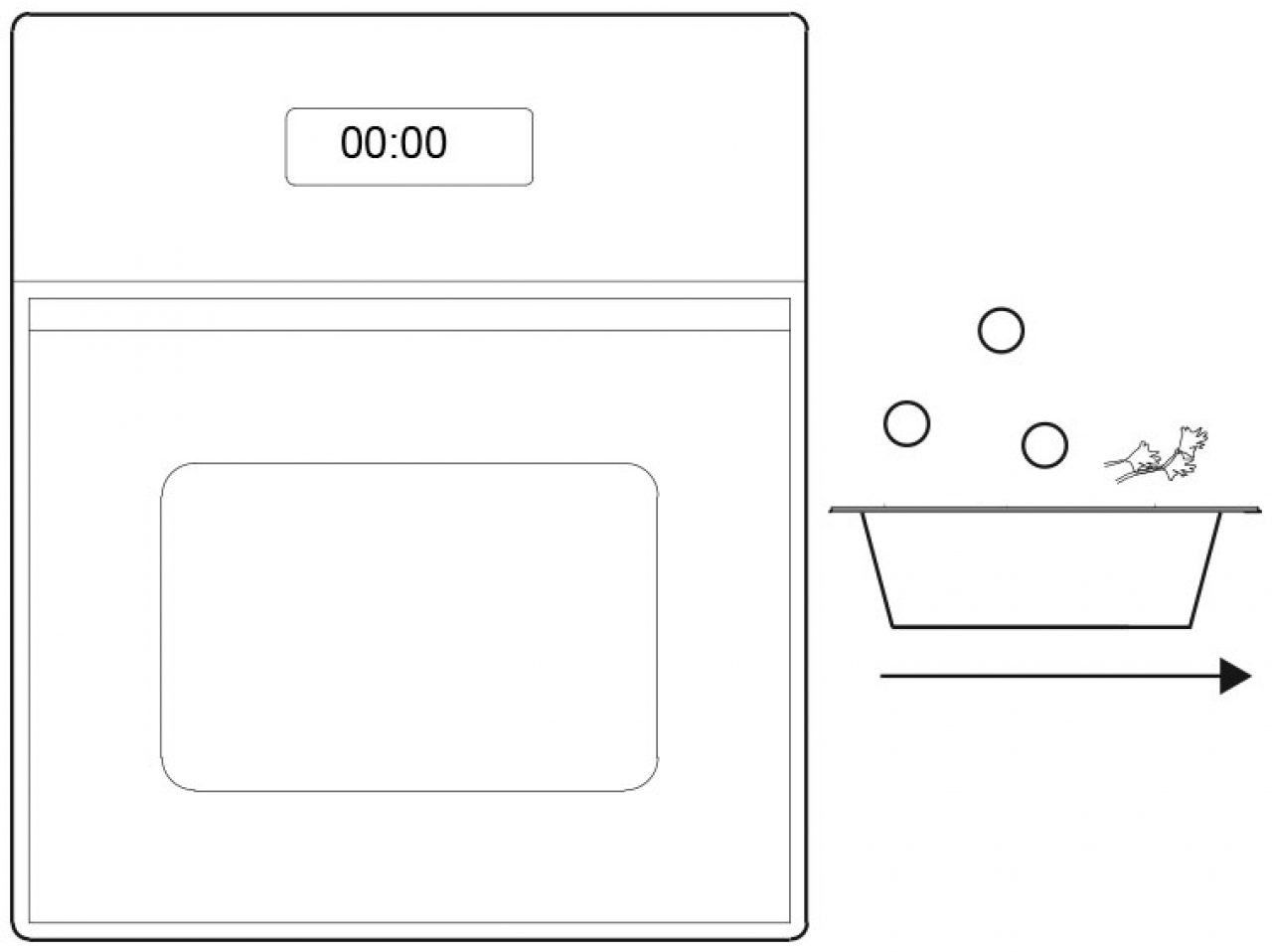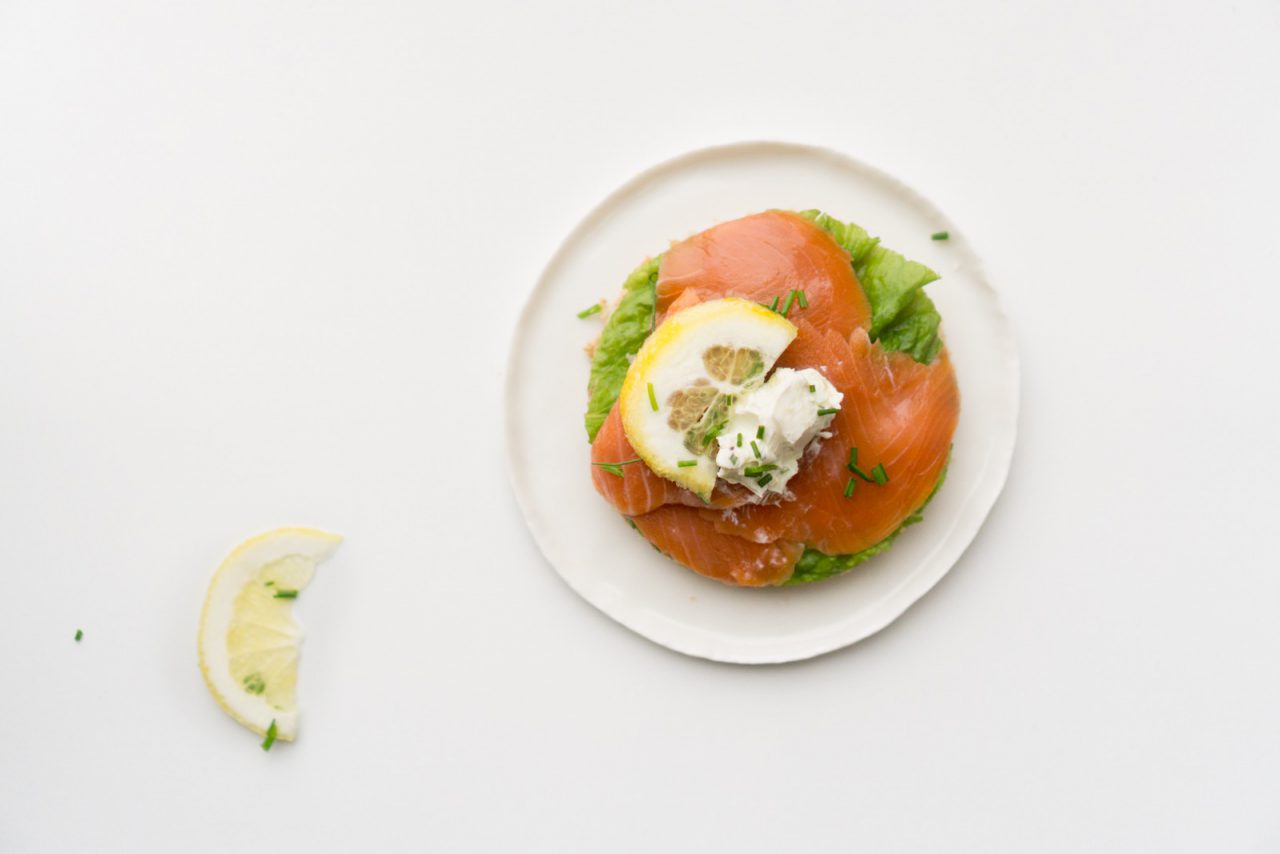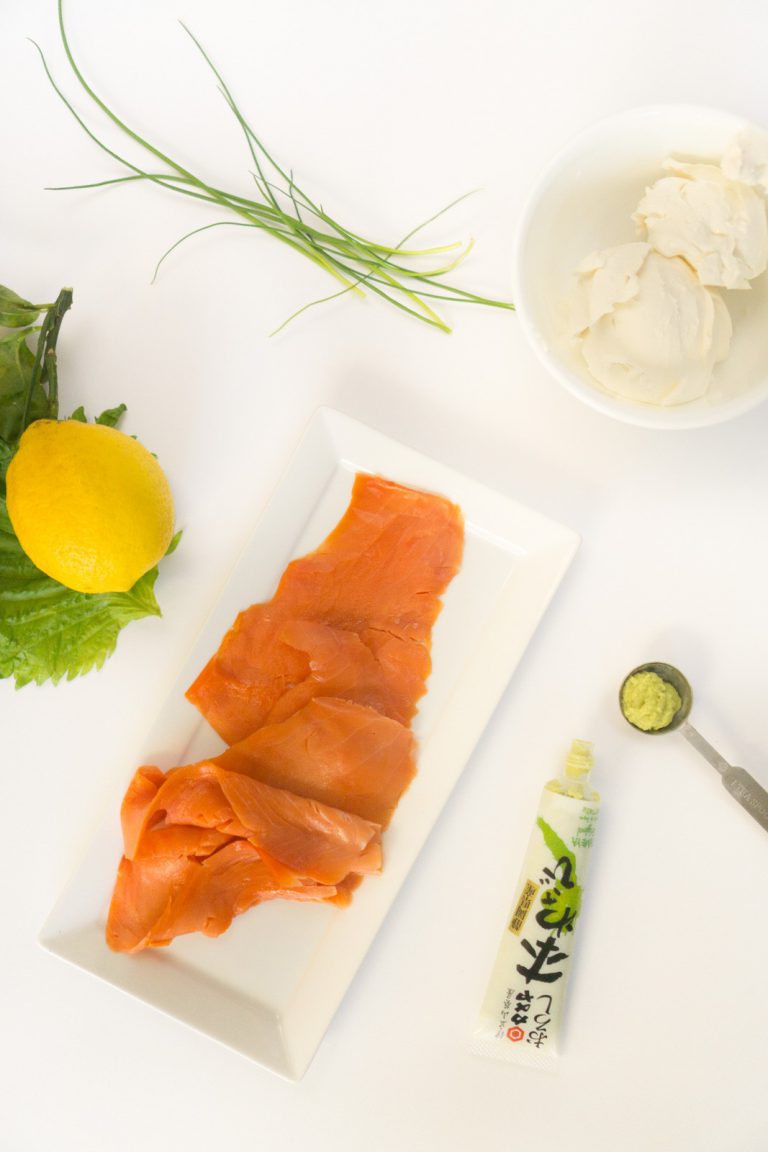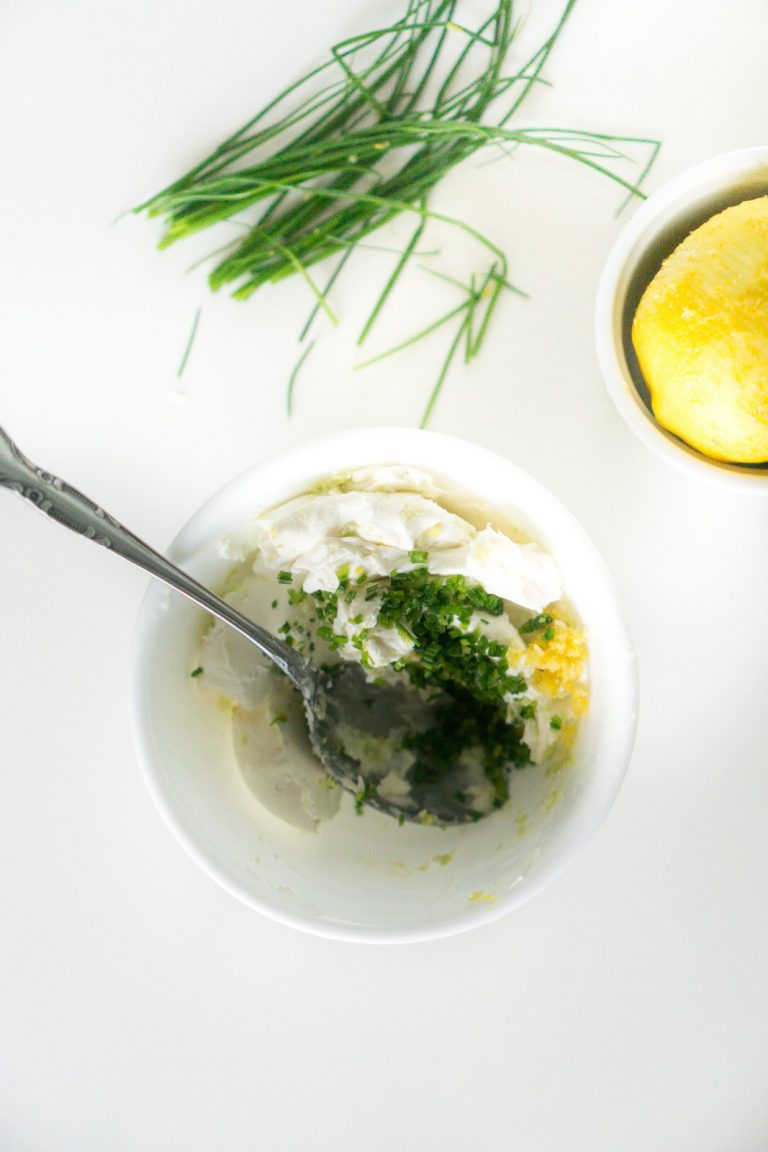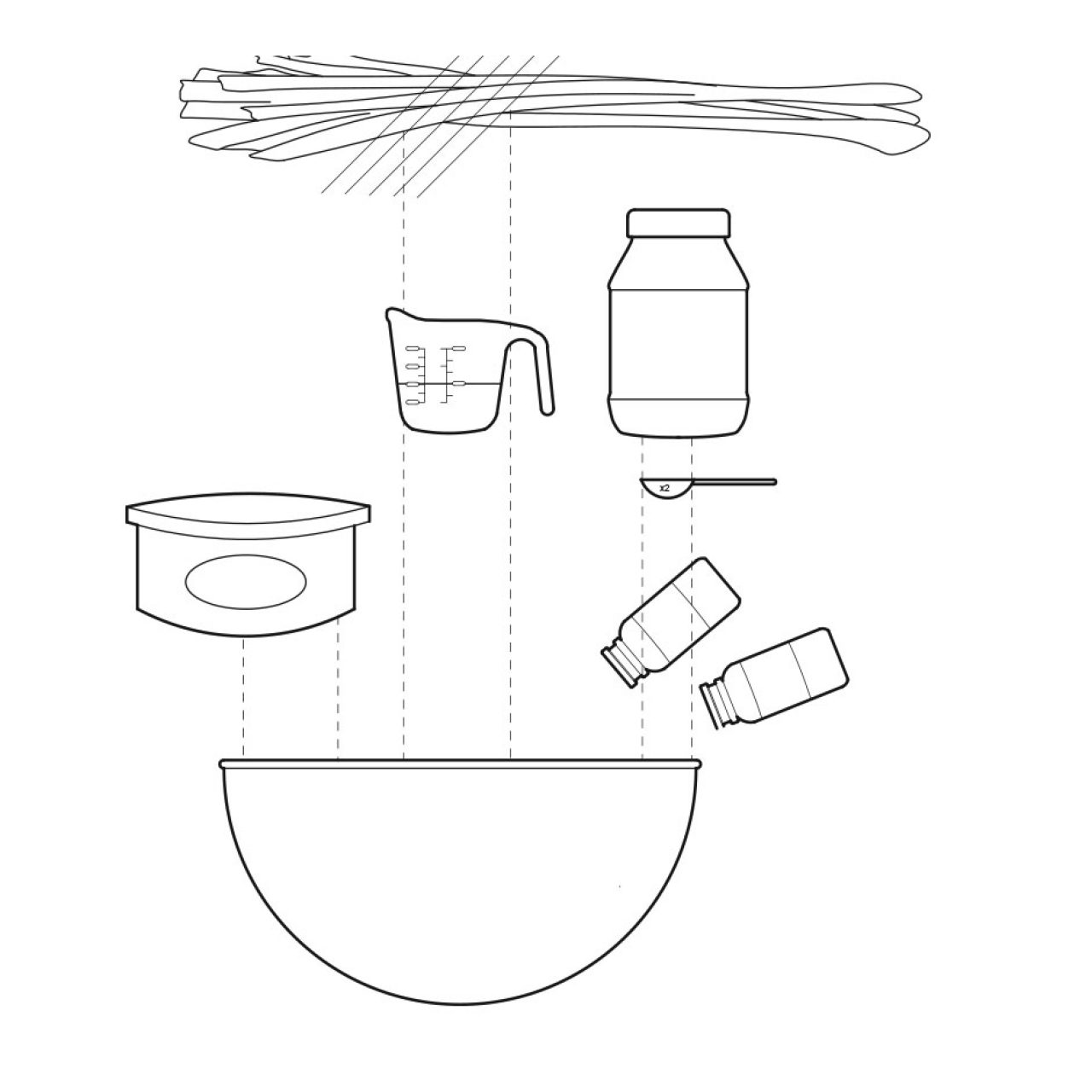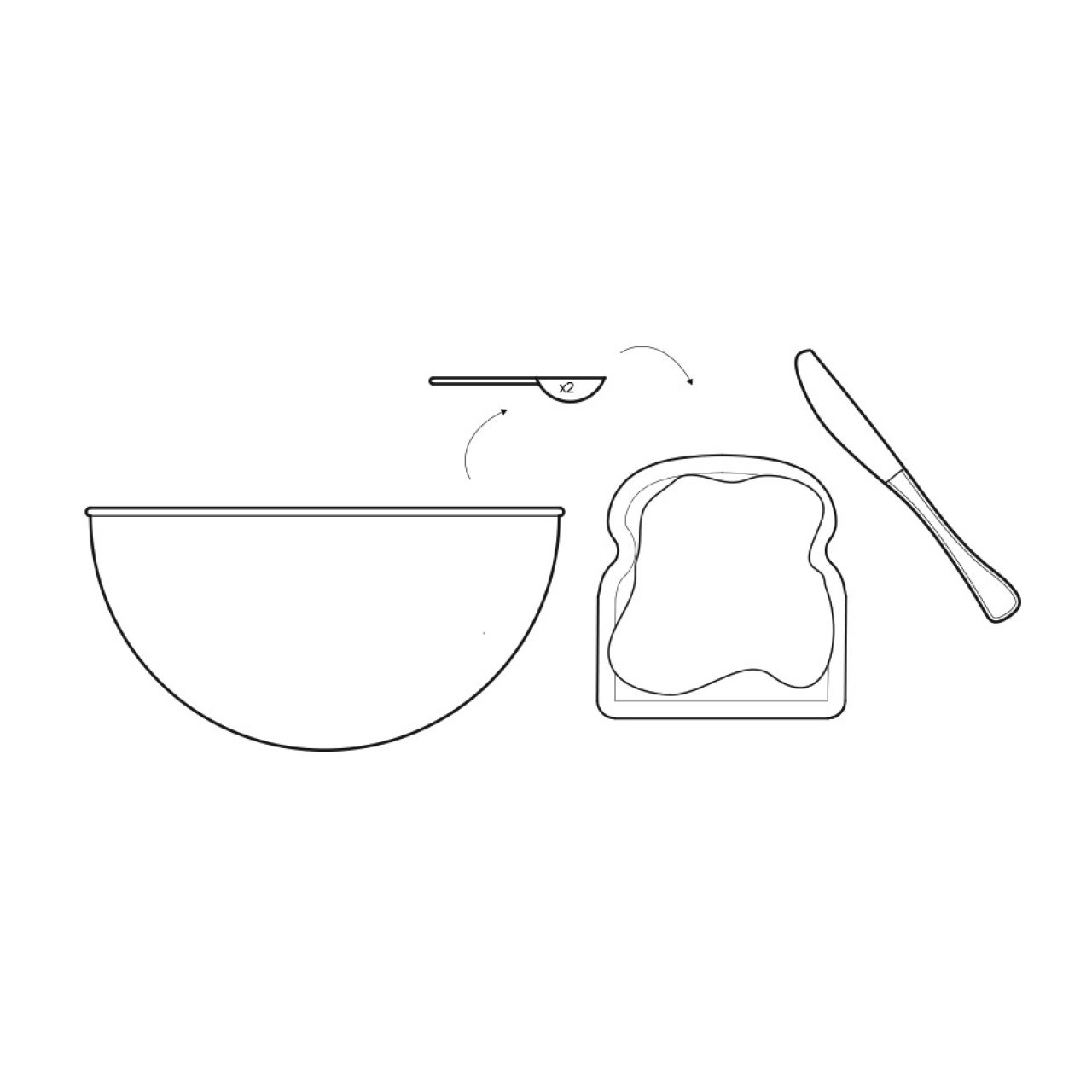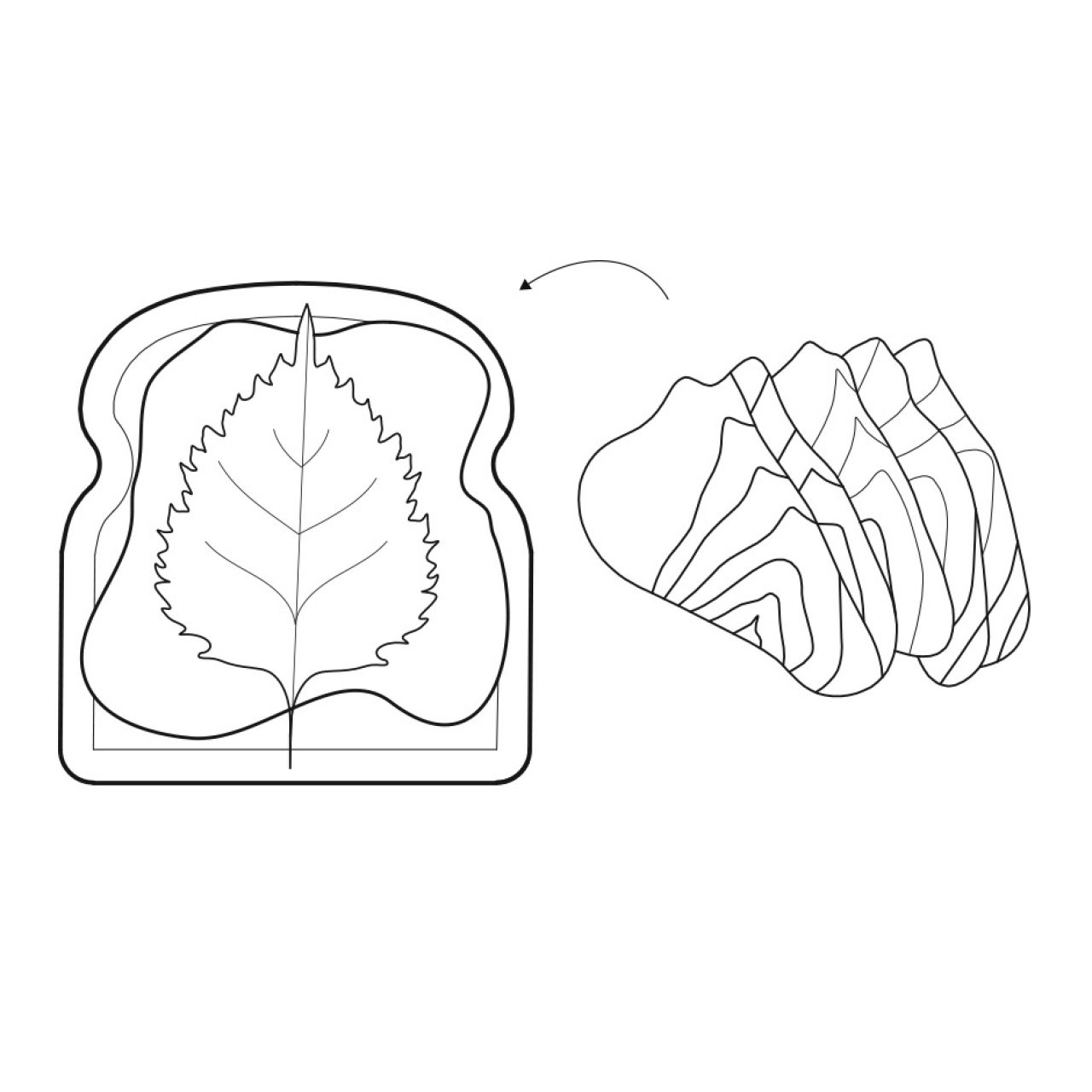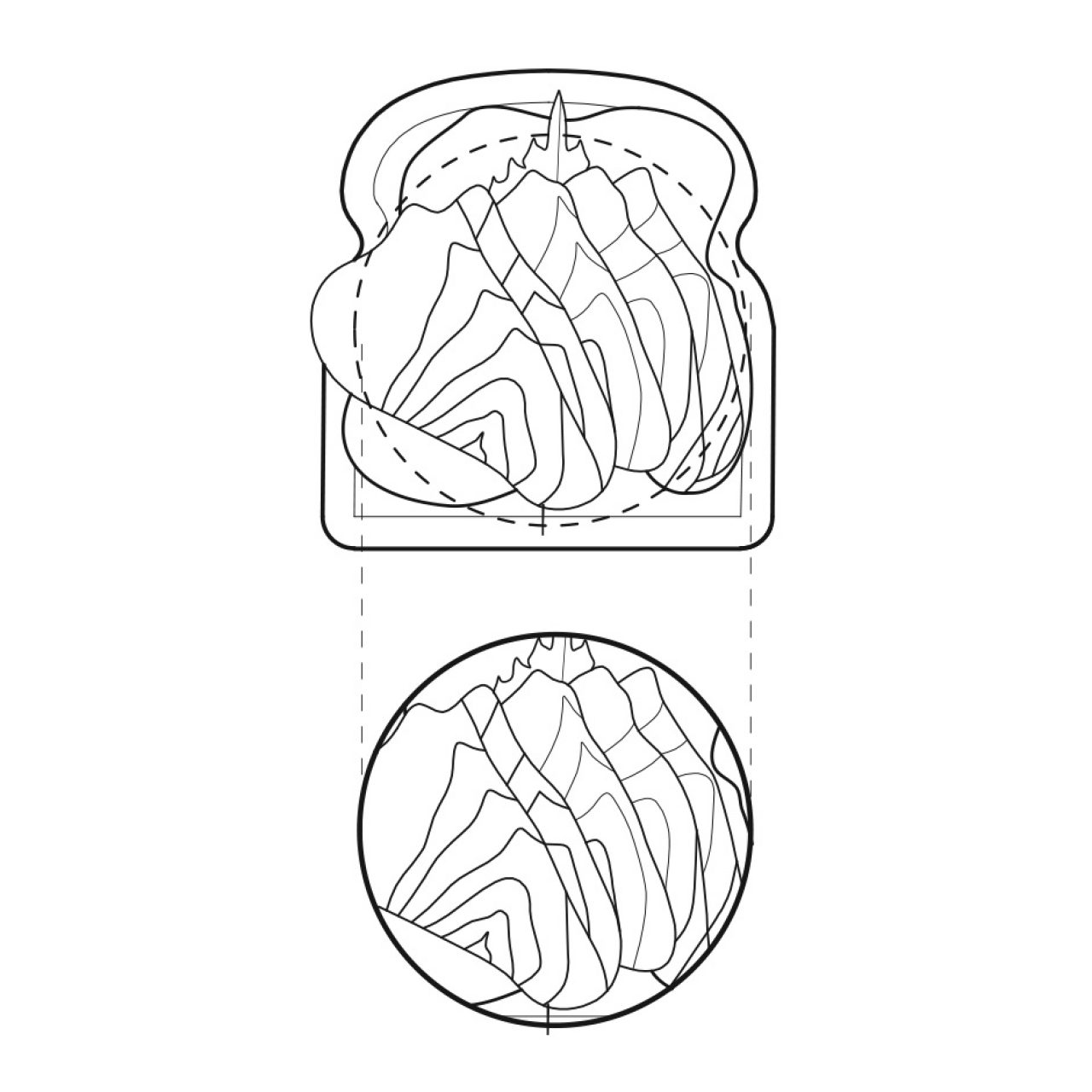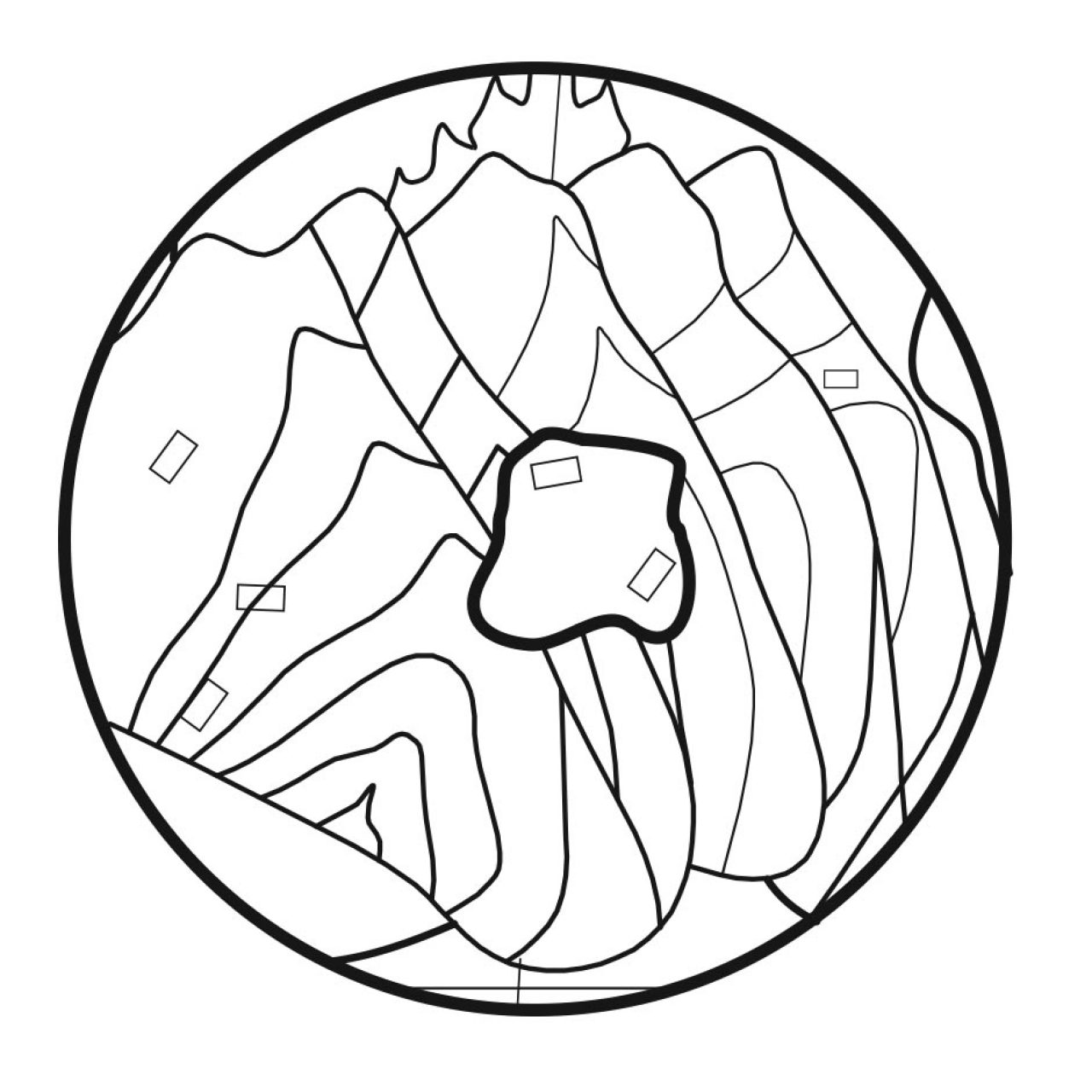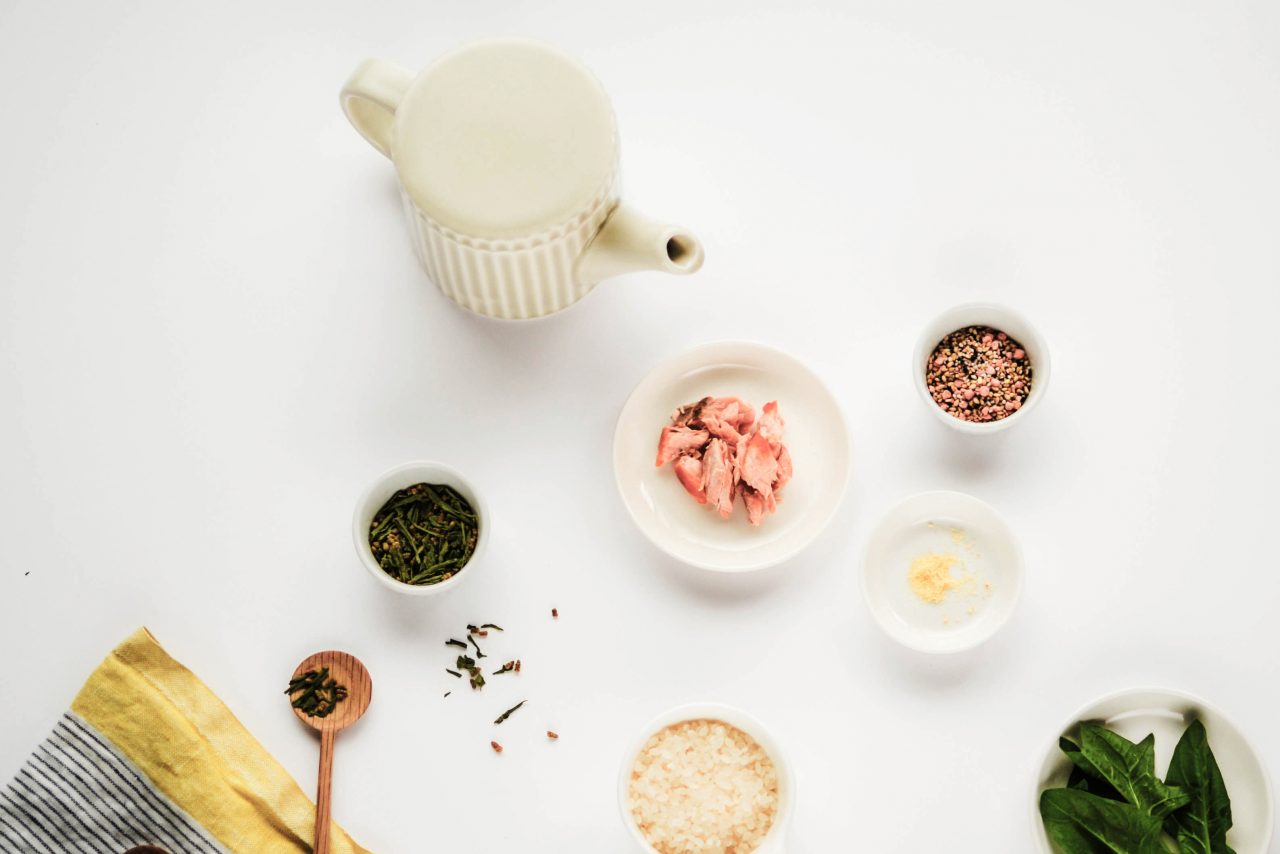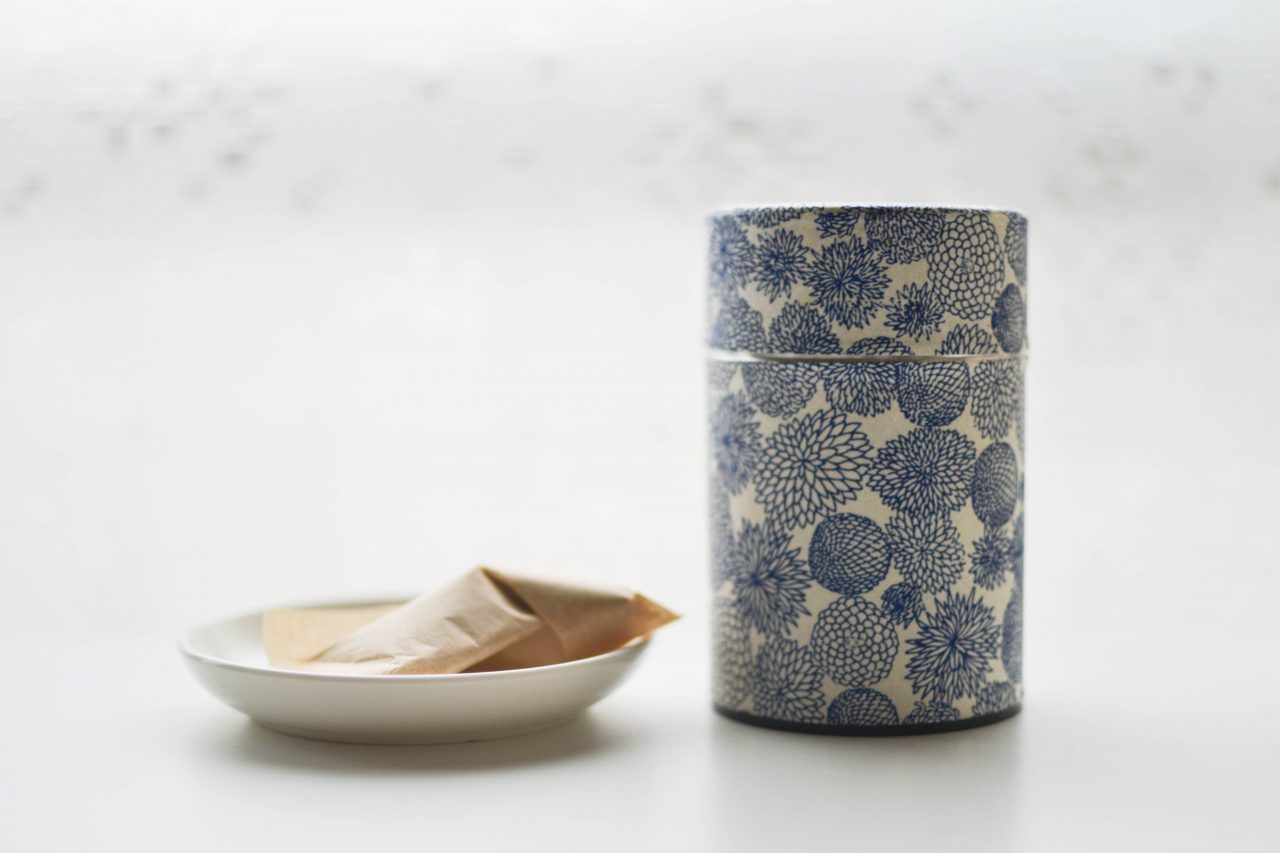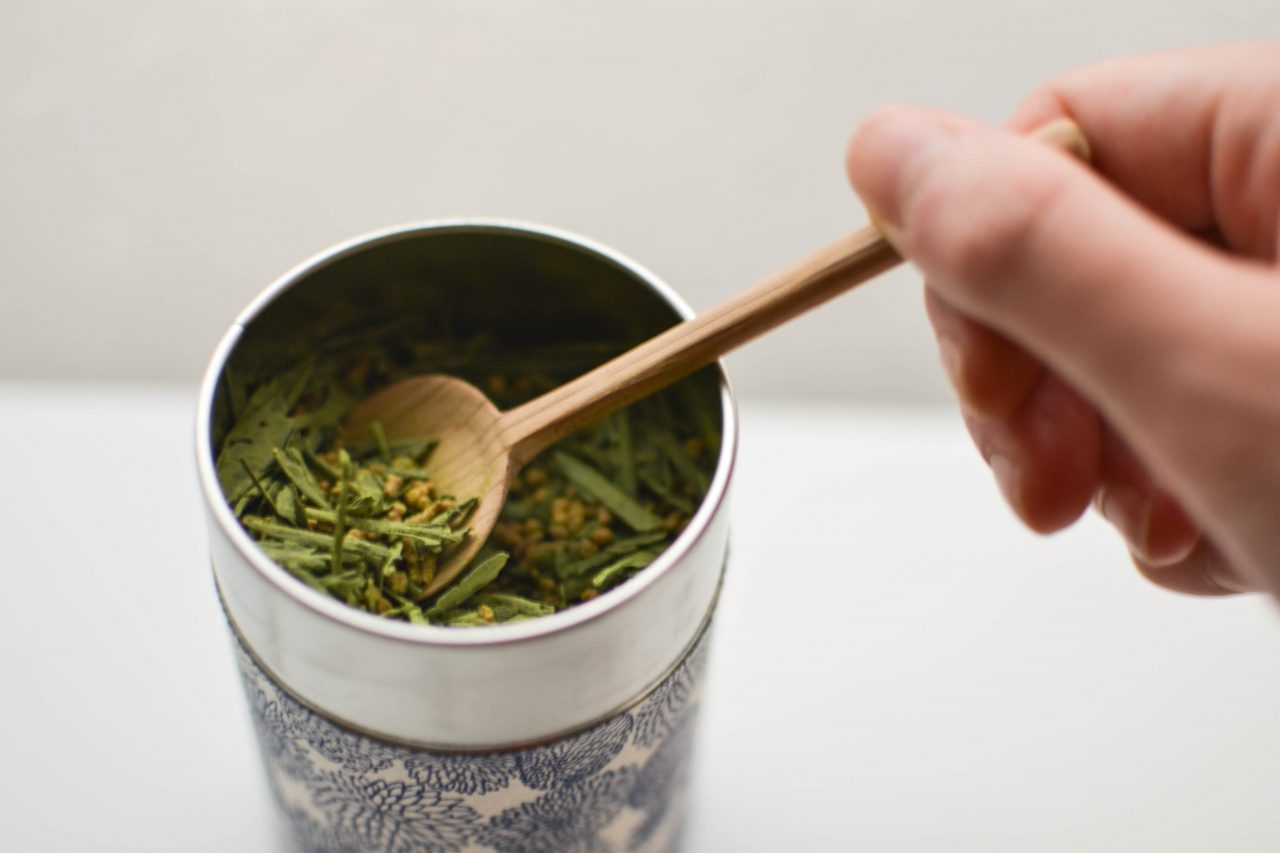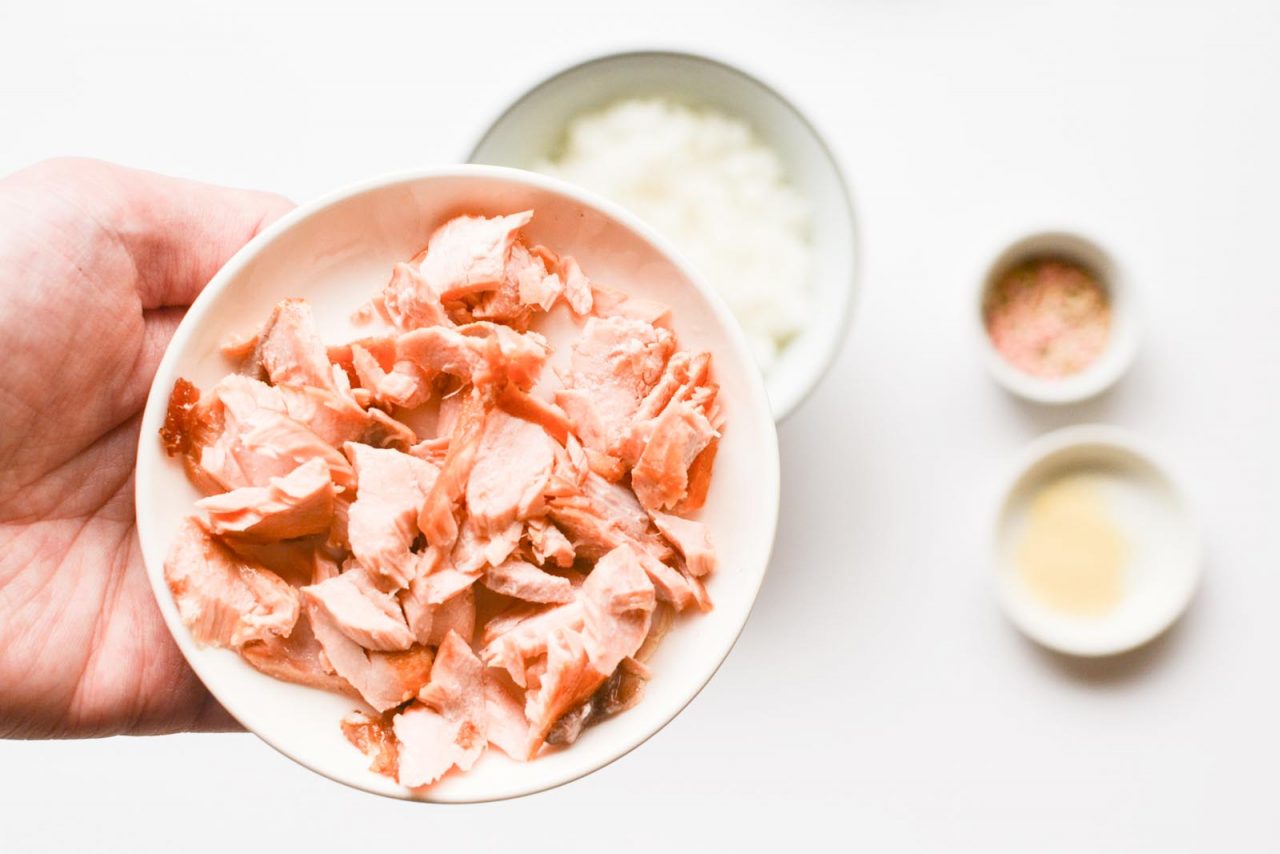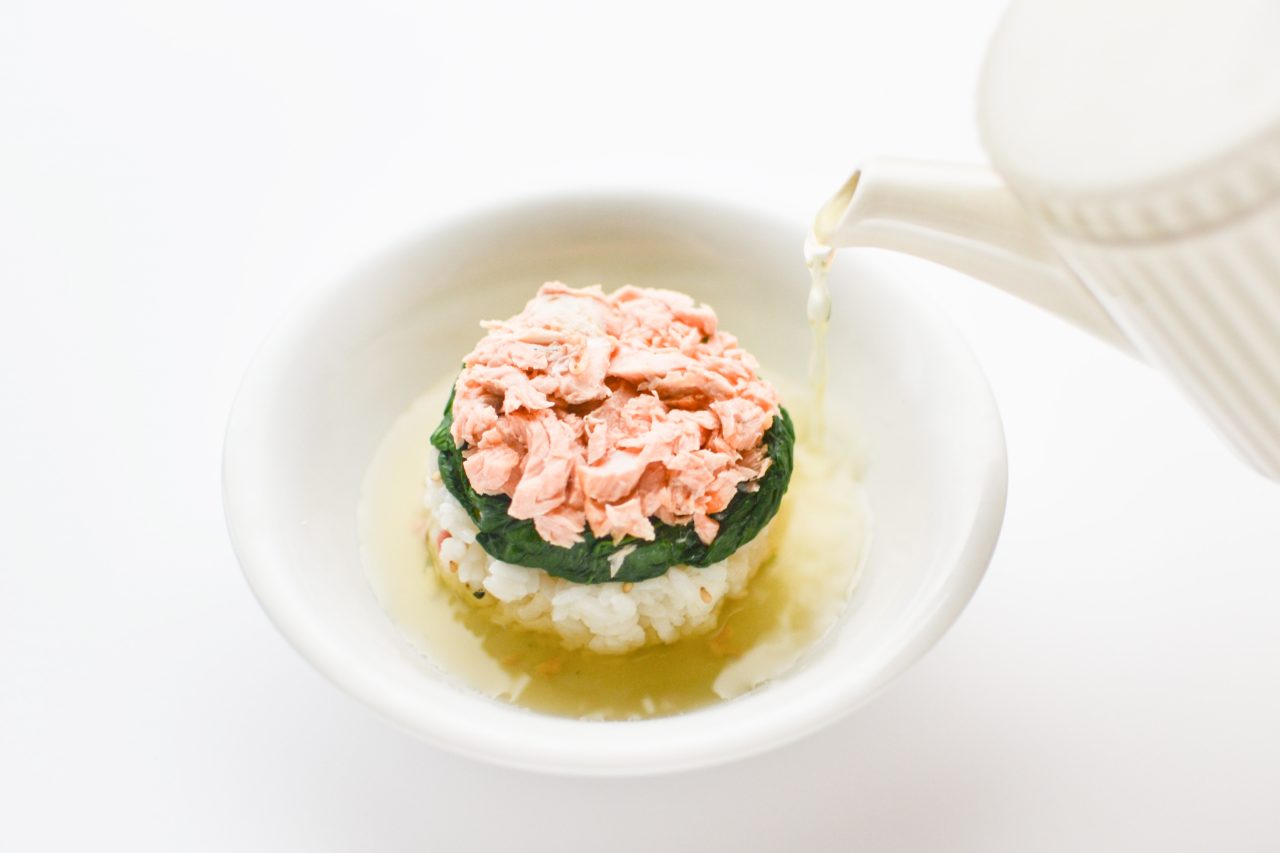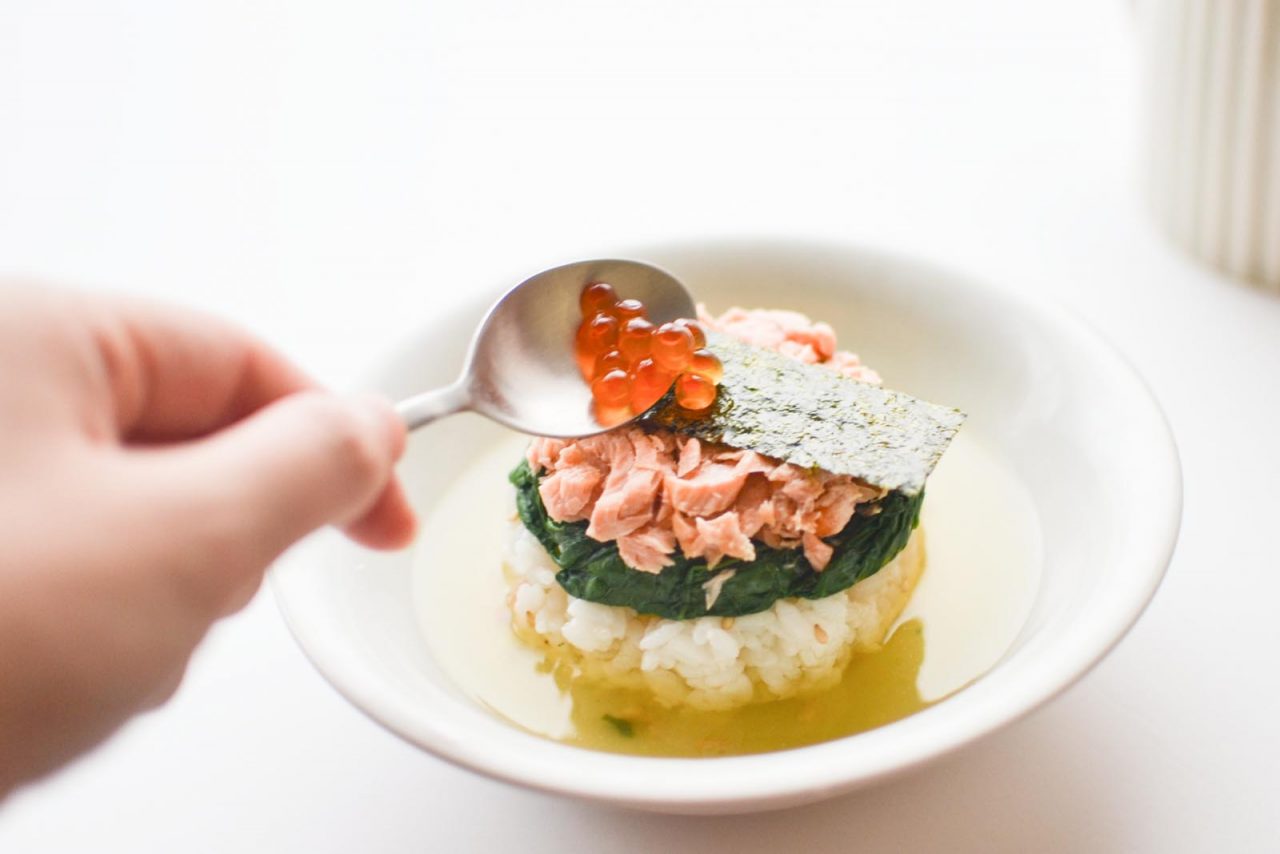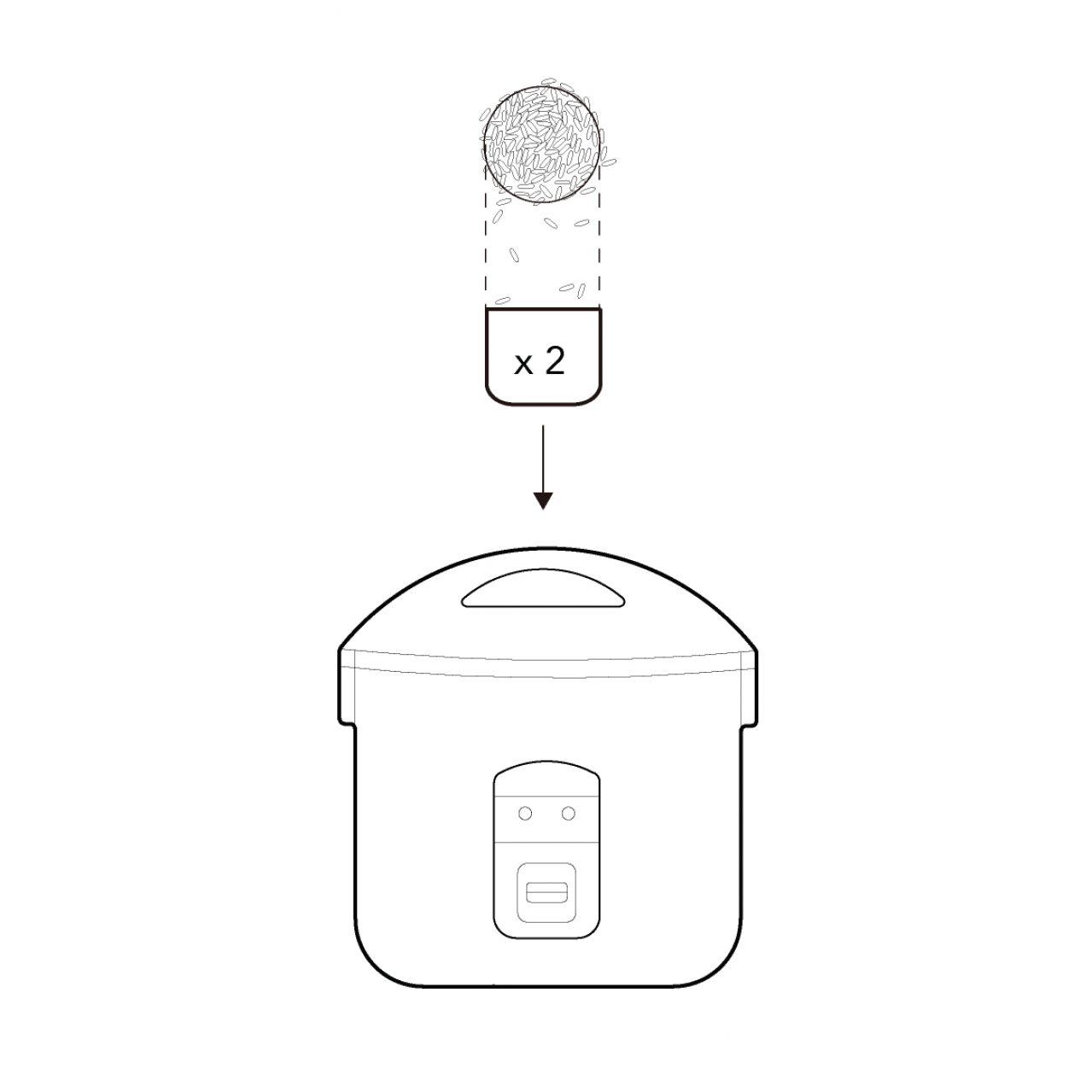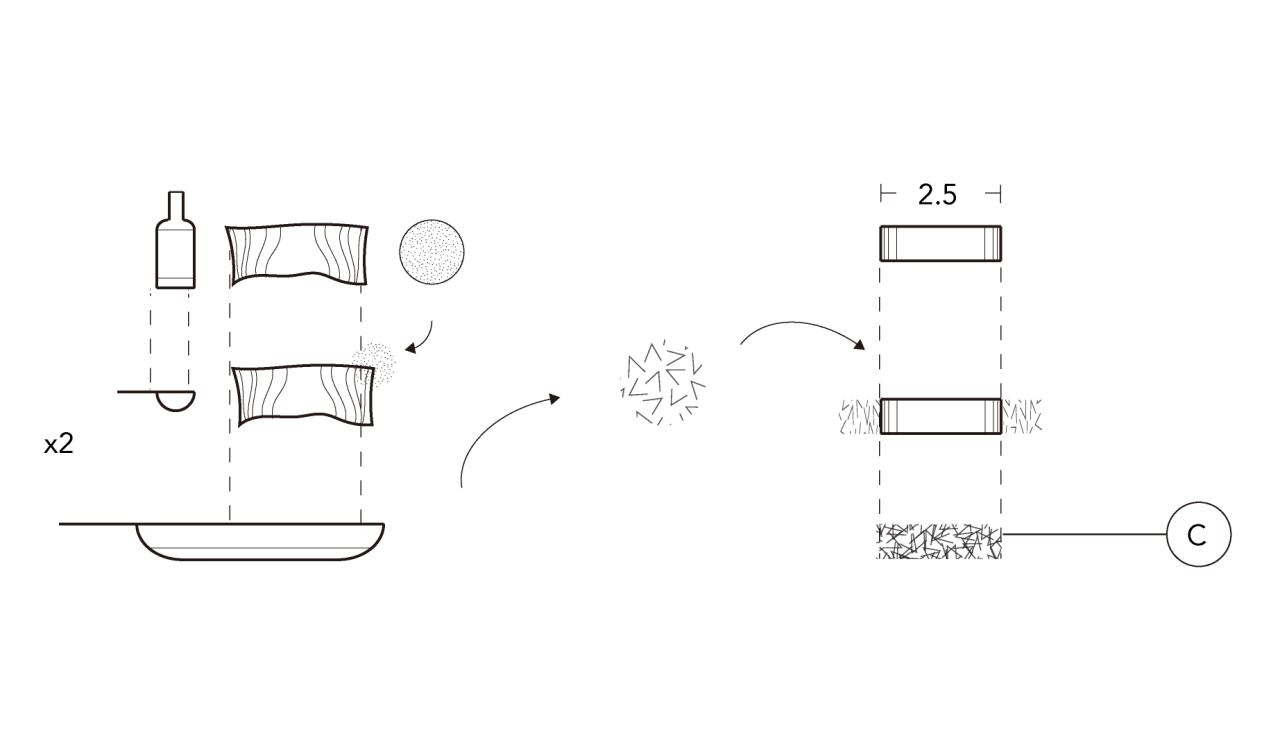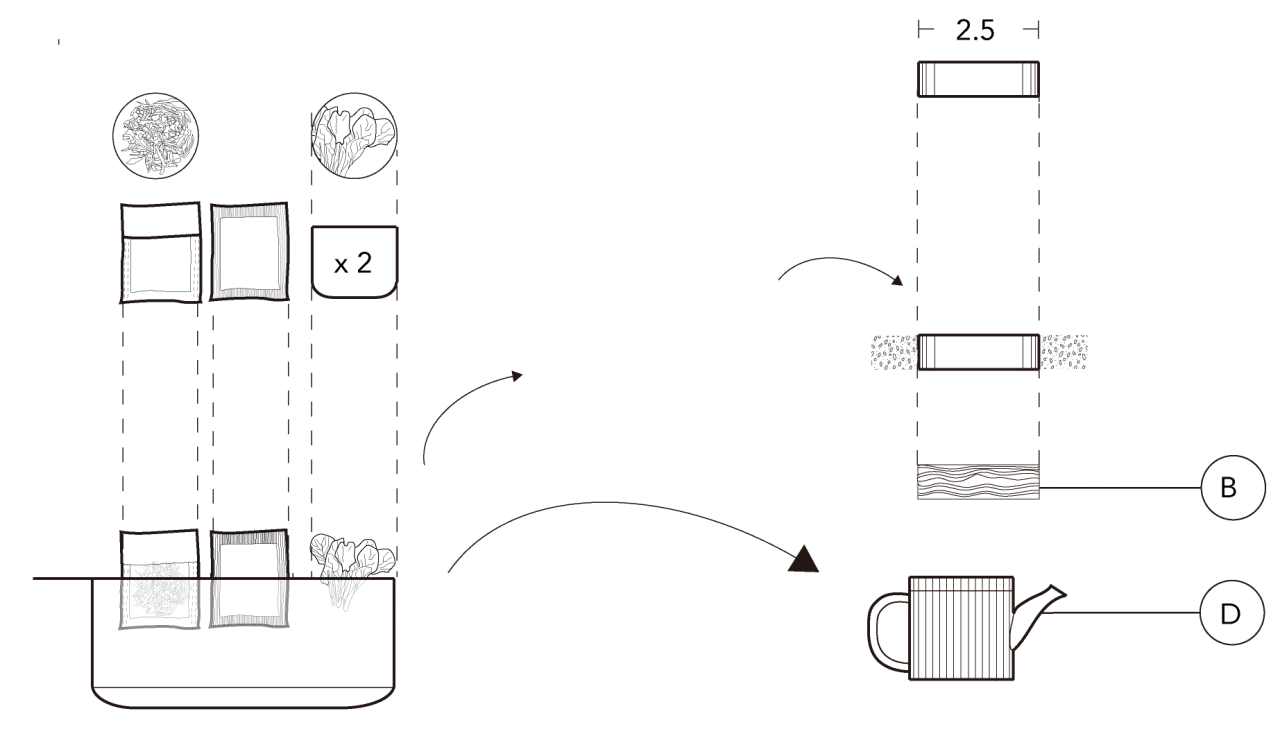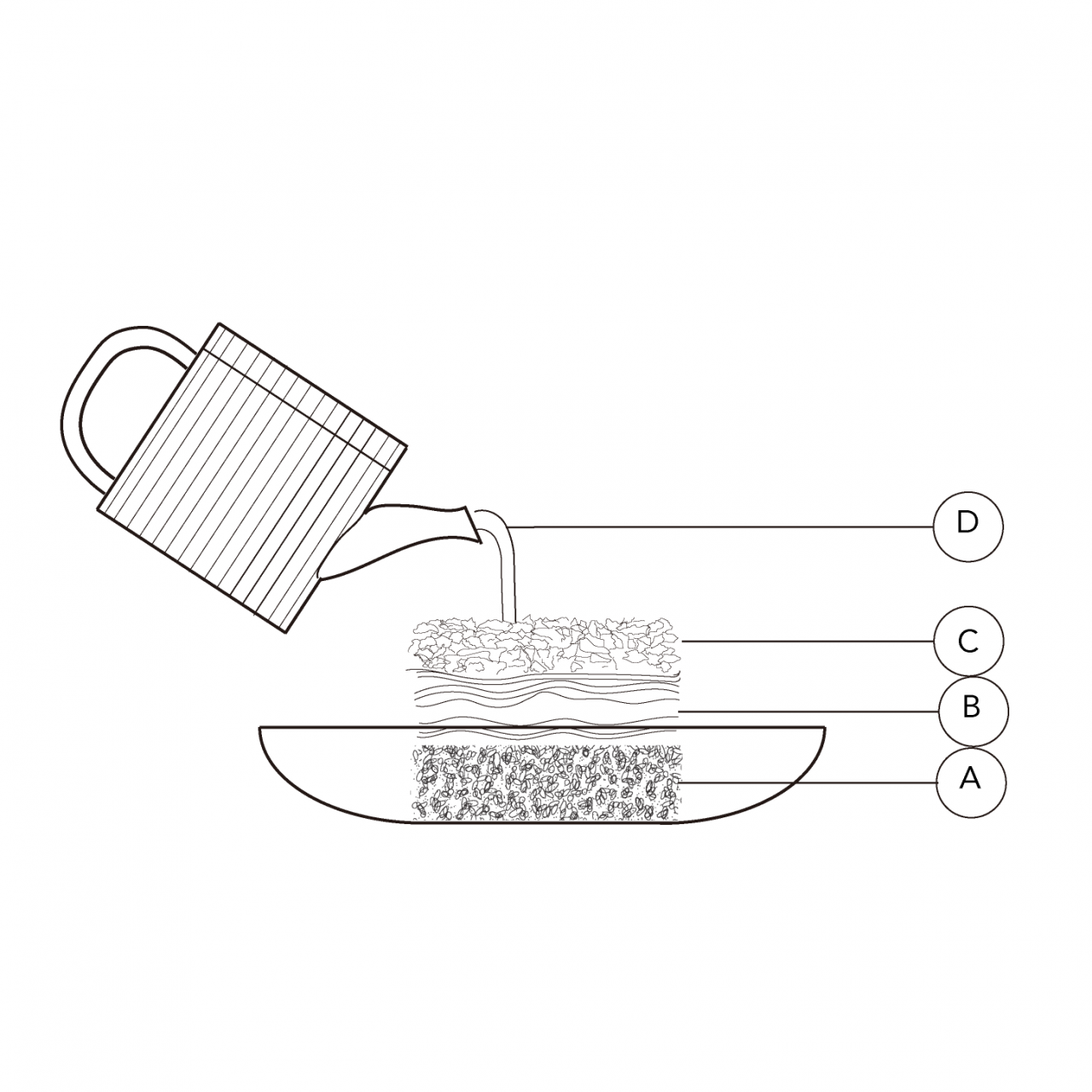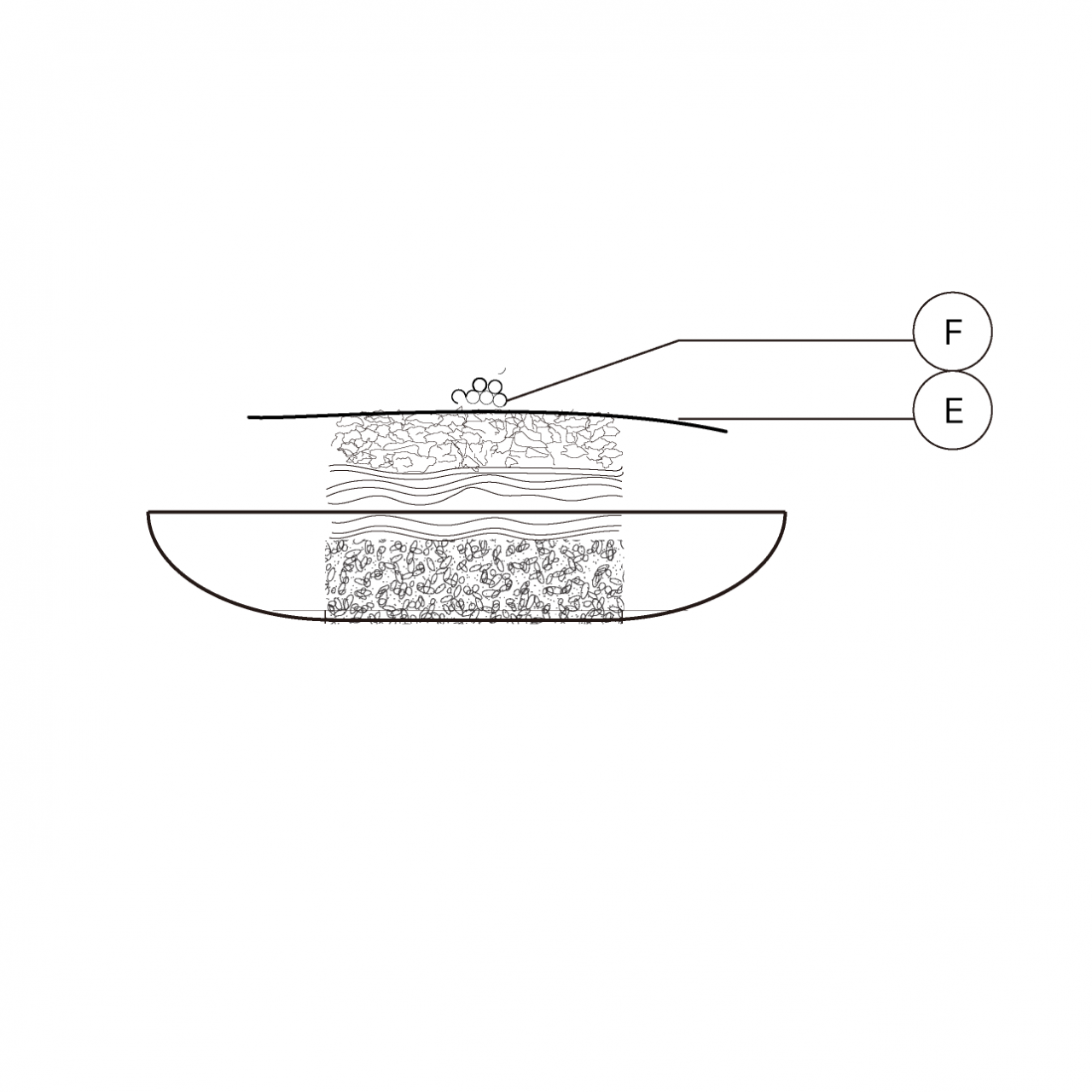Citrus-marinated Hamachi Crudo
This recipe was adapted from the actual one I prepared with my team for the 2013 Solar Decathlon: a biennial competition sponsored by the D.O.E.(US Department of Energy). The competition challenged selected 20 collegiate teams around the world to design, build, and operate 1,000 square foot solar-powered houses that were affordable, energy-efficient, and innovative. In 2013, USC was one of four teams selected to represent California. The 10 categories consisted of: Architecture, Market Appeal, Engineering, Appliances, Affordability, Comfort Zones, Hot Water Usage, Communication, Home Entertainment, and Energy Balance. During my fourth year at USC, I was selected to participate in the Home Entertainment team. Our team focused on celebrating California weather and cuisine. How… appropriate for me, right?
For the Decathlon, we had to prepare two dinner menus and a movie night. In preparation for the actual dinner,Suzanne Tracht, head chef and owner of L.A’s Jar Restaurant taught us how to prepare a variety of dishes in the kitchen. 4 years from then, I presented this pecha kucha lecture at USC and after reuniting with some professors, thought about the recipes we used. Gary Paige, the co-director of the competition, resent me our recipes that we developed, and I made alterations based on what’s available this season. Although this looks like sashimi, it’s actually crudo! Sashimi emphasizes the purity of the fish’s flavor (soy sauce is a huge insult to the chef), while crudo is an Italian way of preparing raw fish and typically involves marinating the fish and infusing the flavors of oil and other ingredients into the fish.
My aunt and uncle came over a few Saturdays ago, and I wanted to show them my gratitude by serving them this recipe. It was… an awfully expensive appetizer (I’ve never spent so much money on seafood/meat), but it looked beautiful and was truly refreshing while the weather’s been warming up. Although it’s really meant for more like 6 people and was painful to consume with all the other dishes we had, we finished it to the very last pomegranate seed and they loved it. As long as guests are pleased, right? I think this hamachi crudo is a winner.
CITRUS-MARINATED HAMACHI CRUDO
Ingredients
- 1 lb. fresh hamachi (or other fish), sushi grade
- 1 grapefruit
- 1 lemon
- 1 pomegranate
- 1 shallot
- 1 avocado
- 1/2 C roasted pistachio nuts, chopped 2 tbsp. avocado oil
- 1 small bunch micro greens or chervil, for garnish

